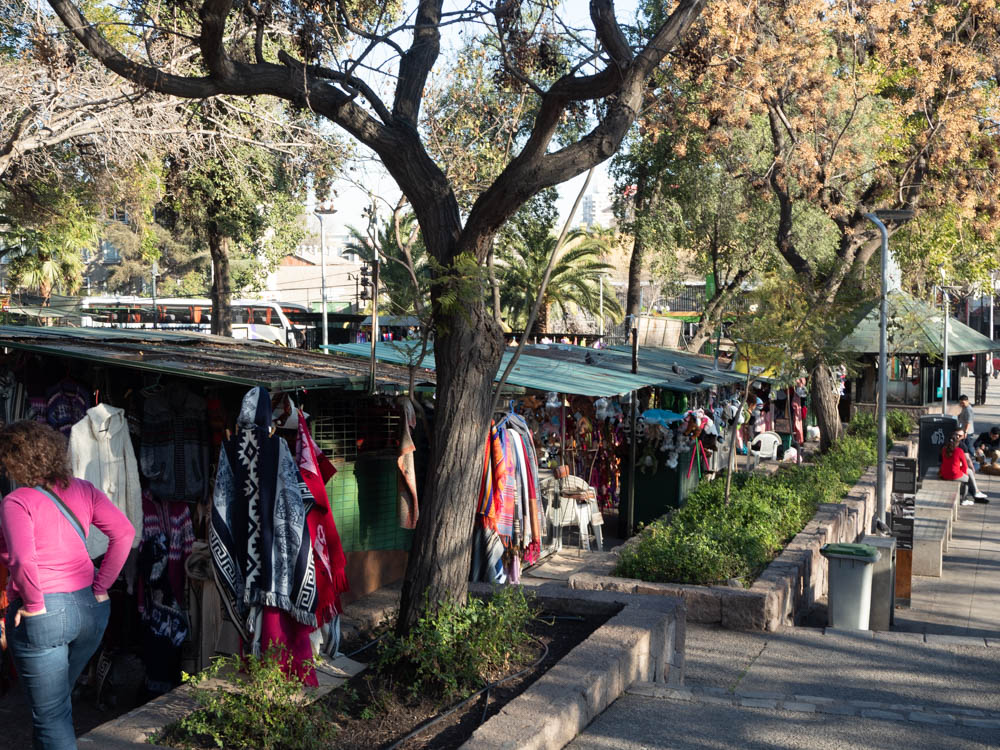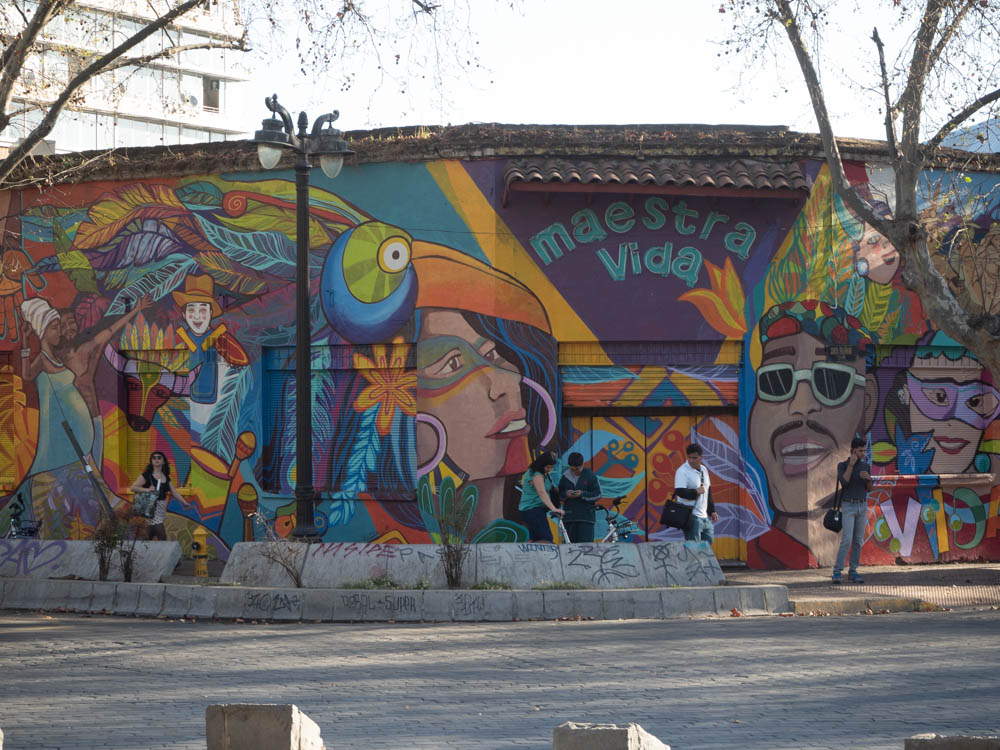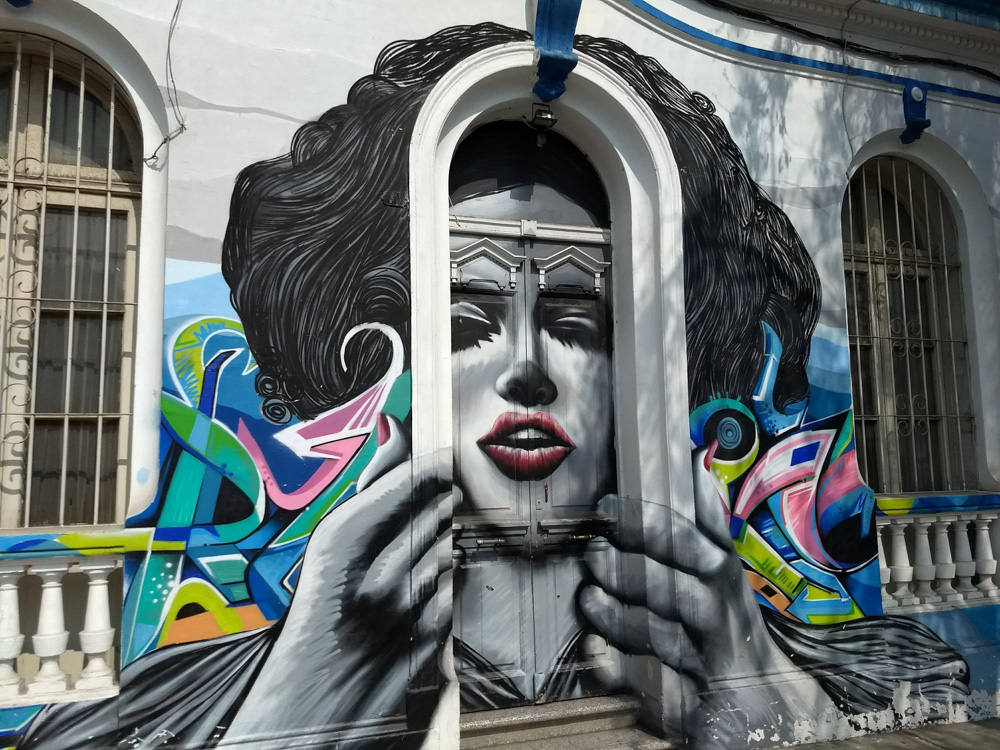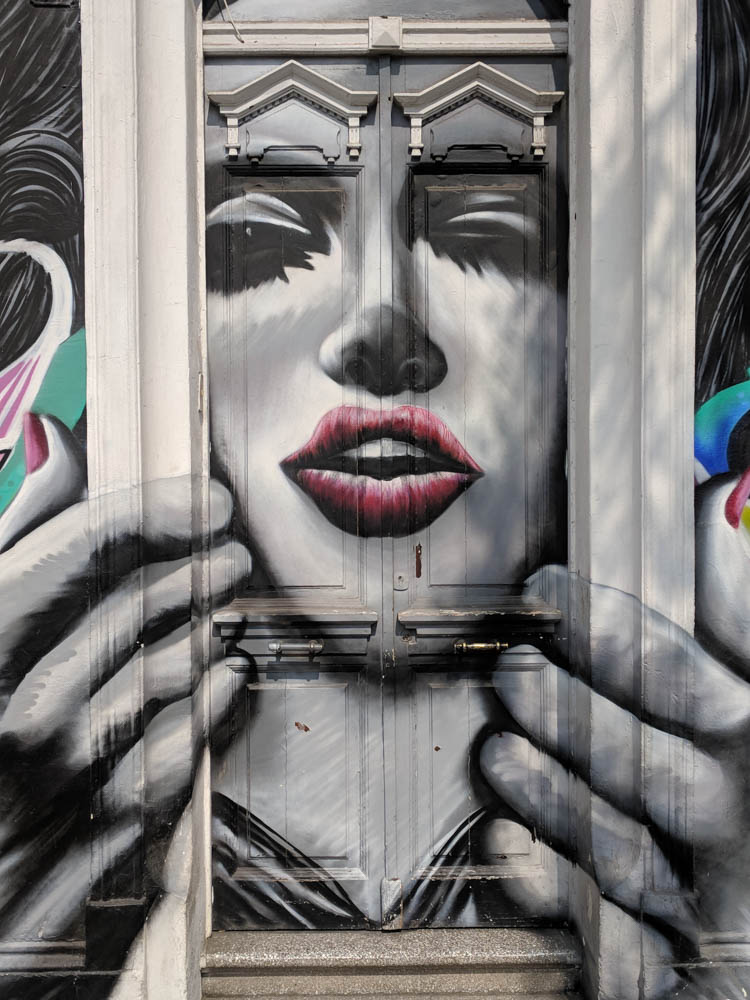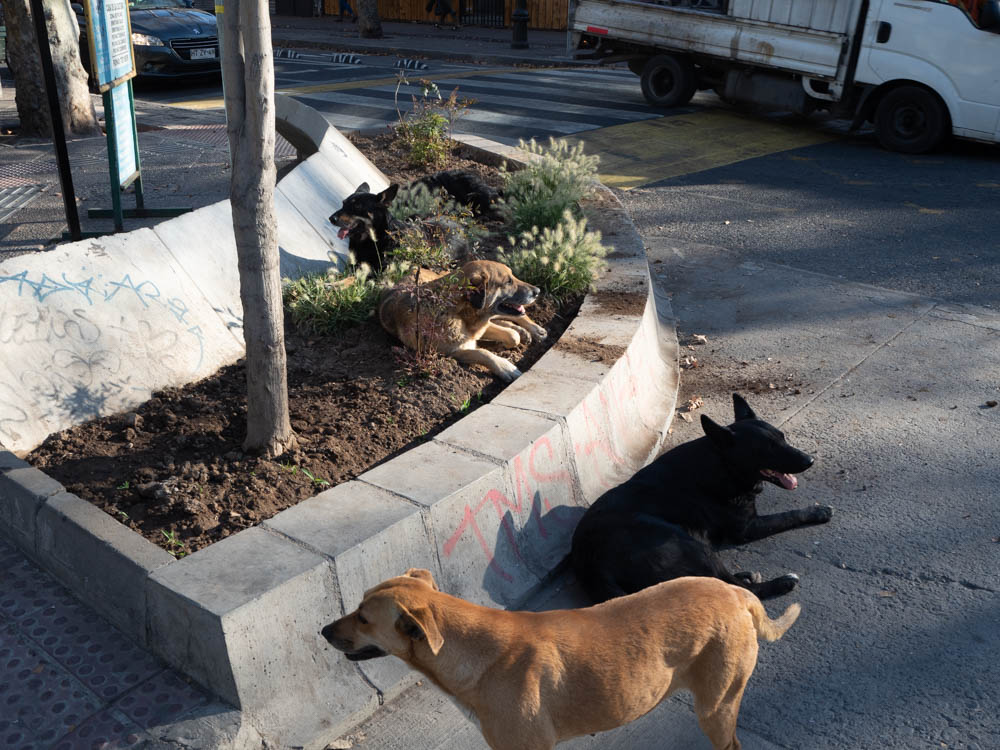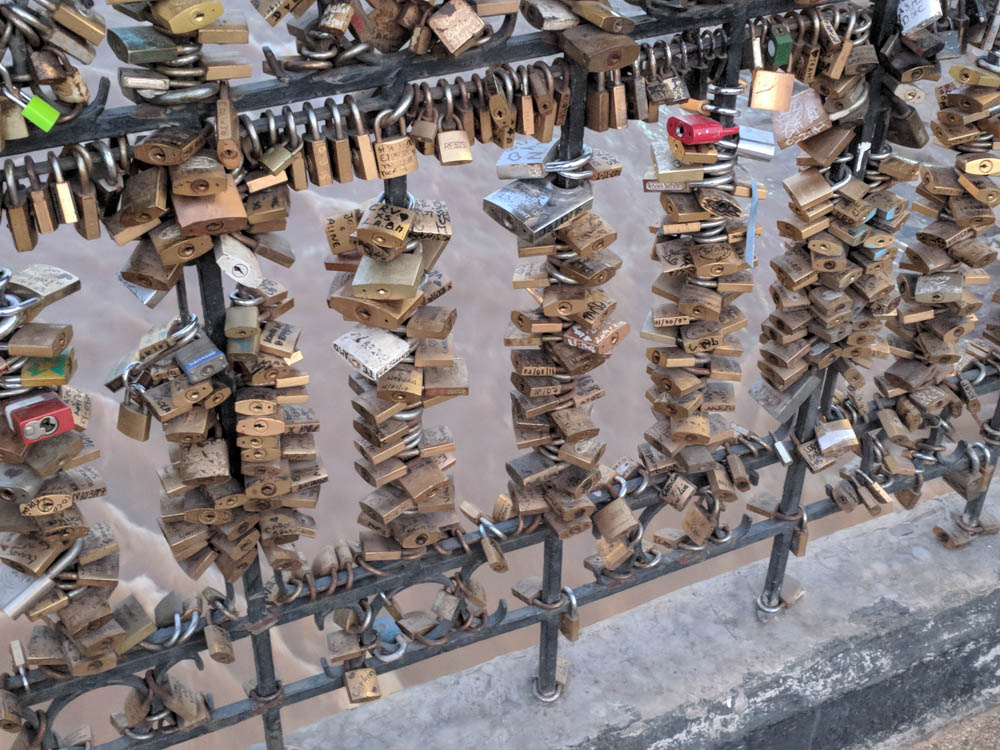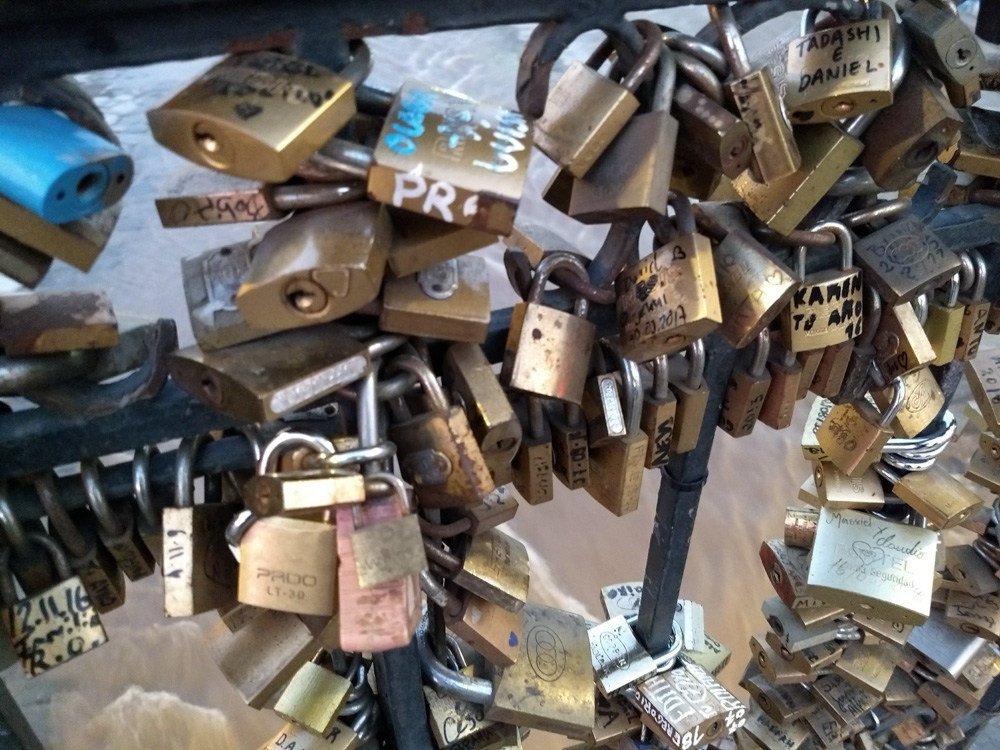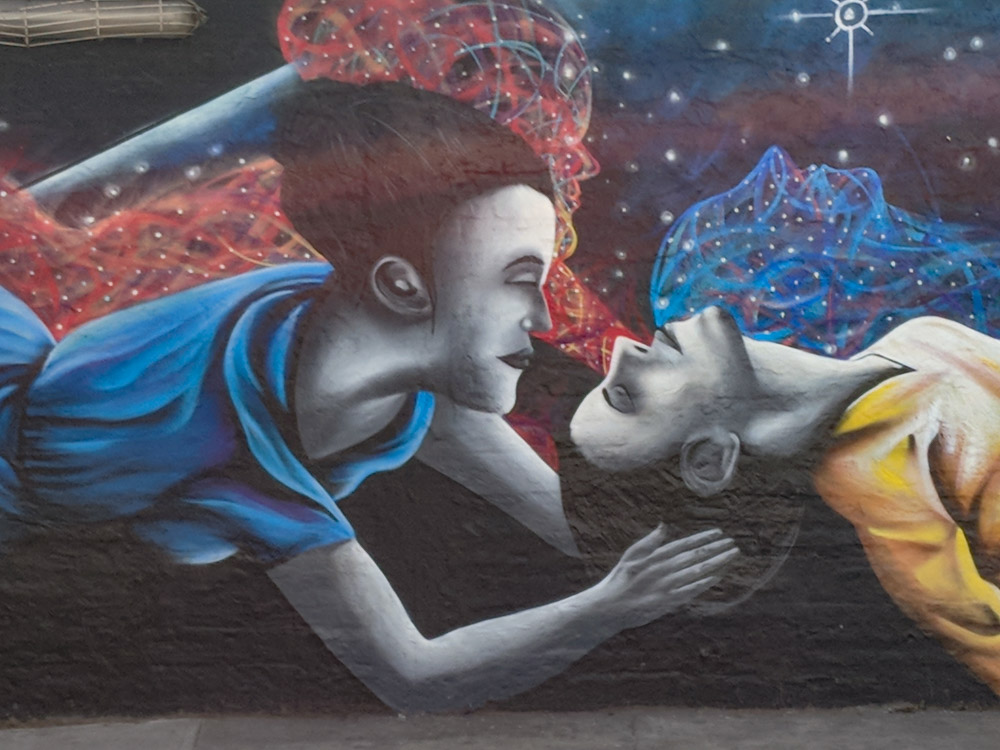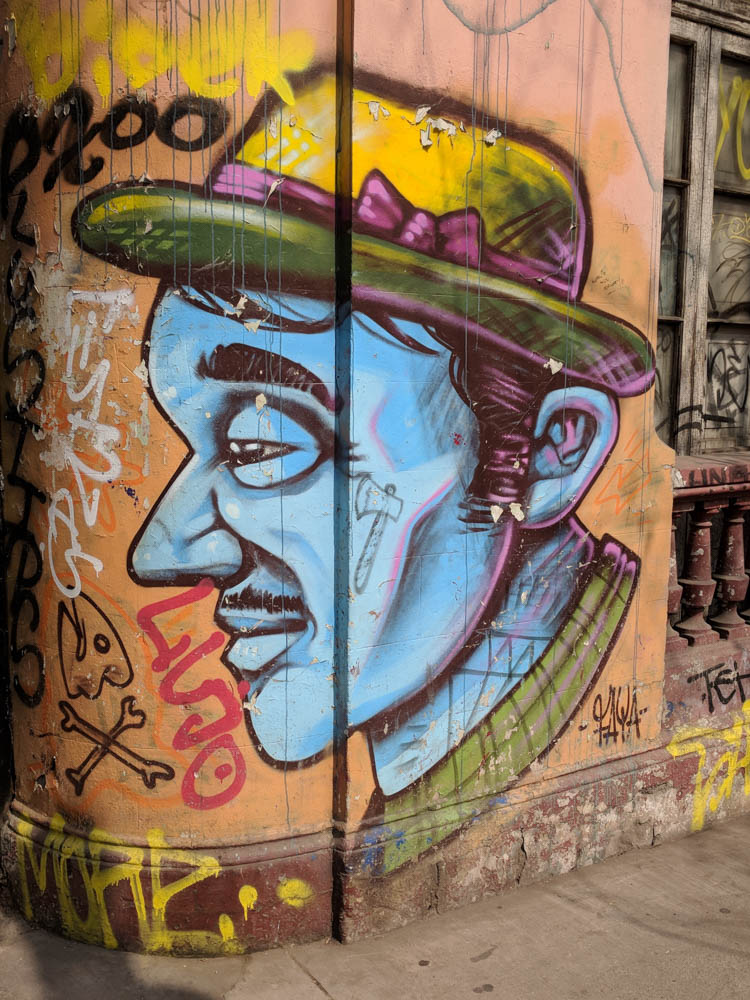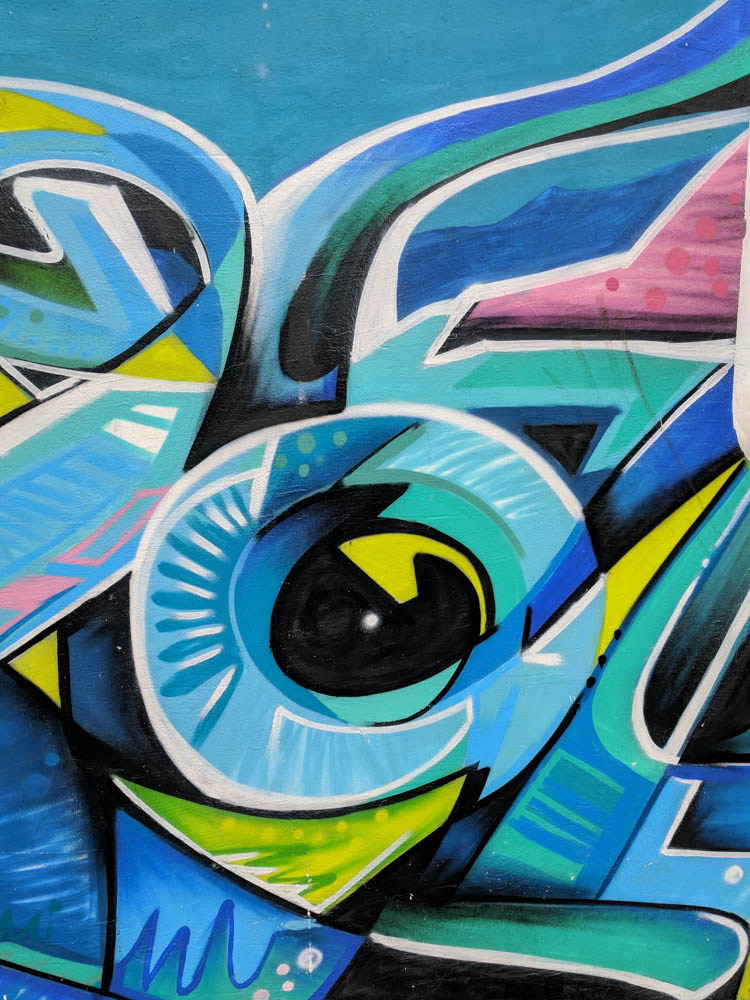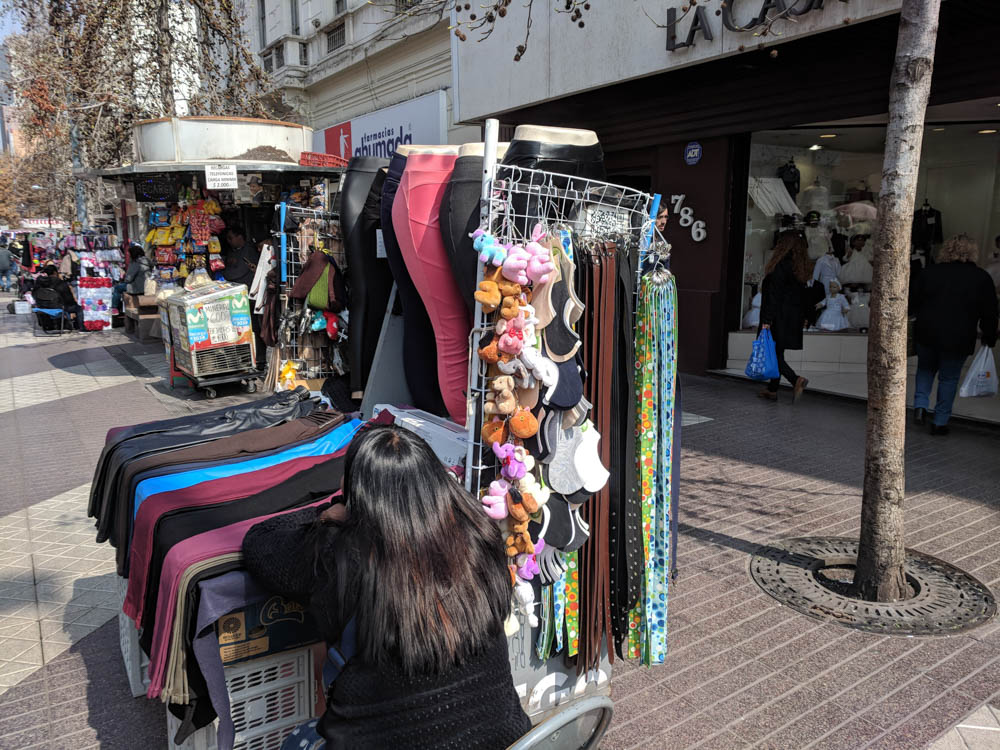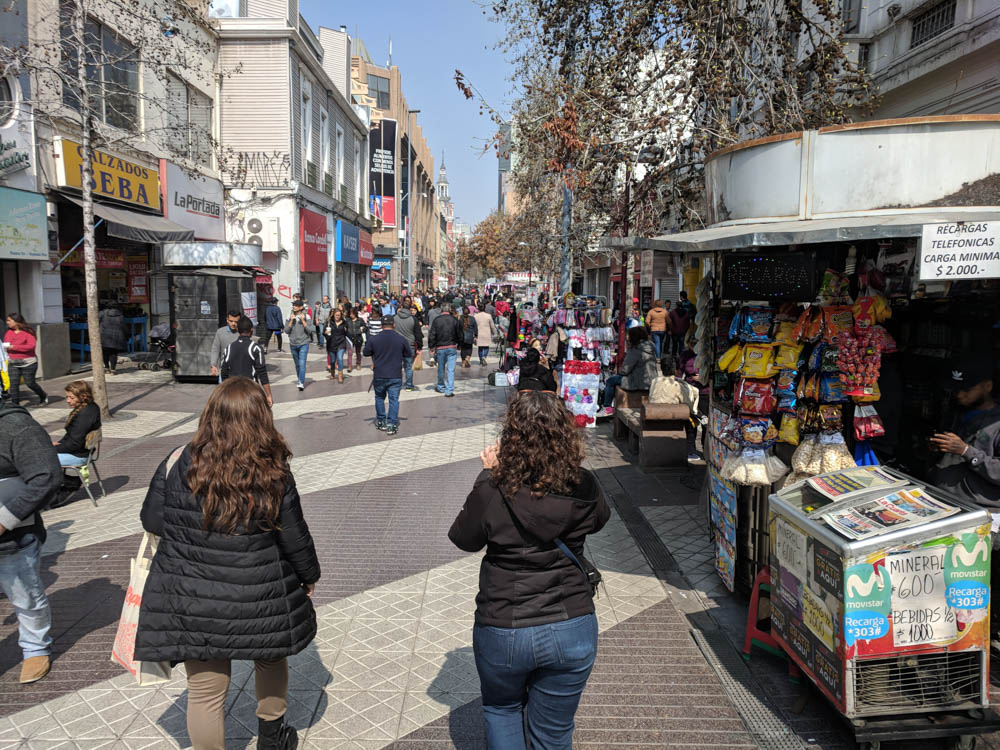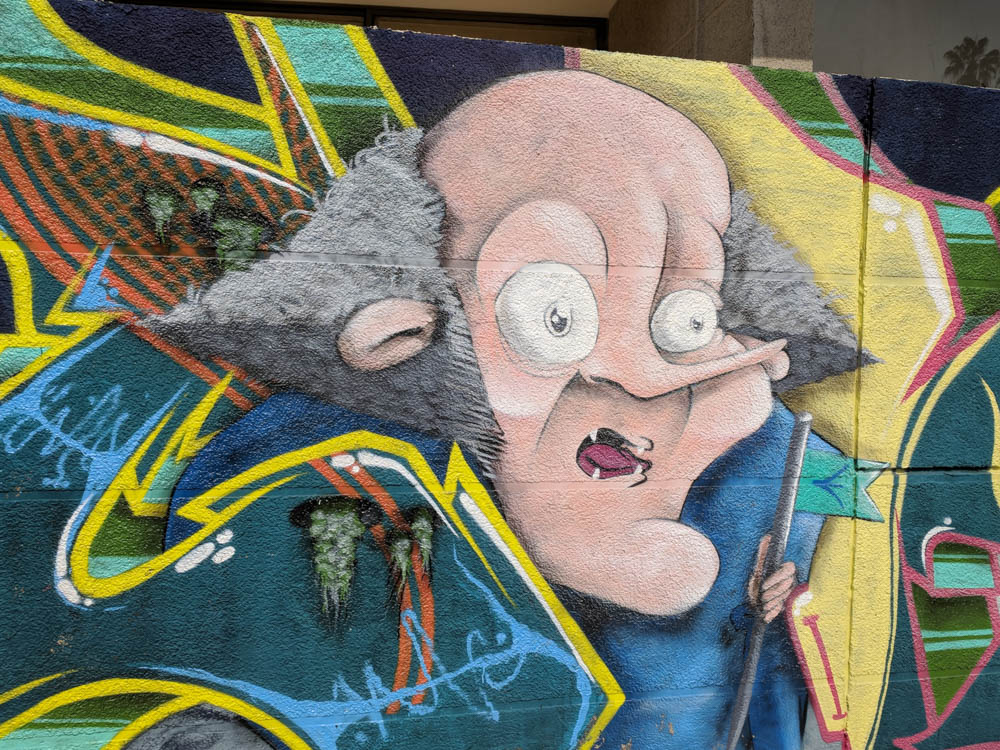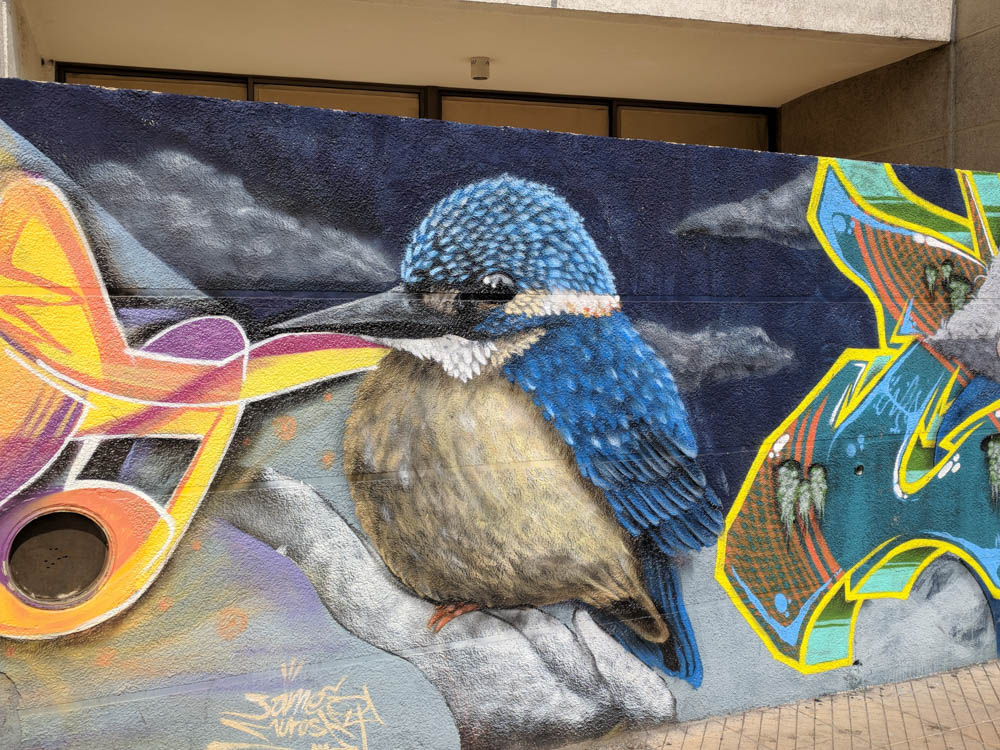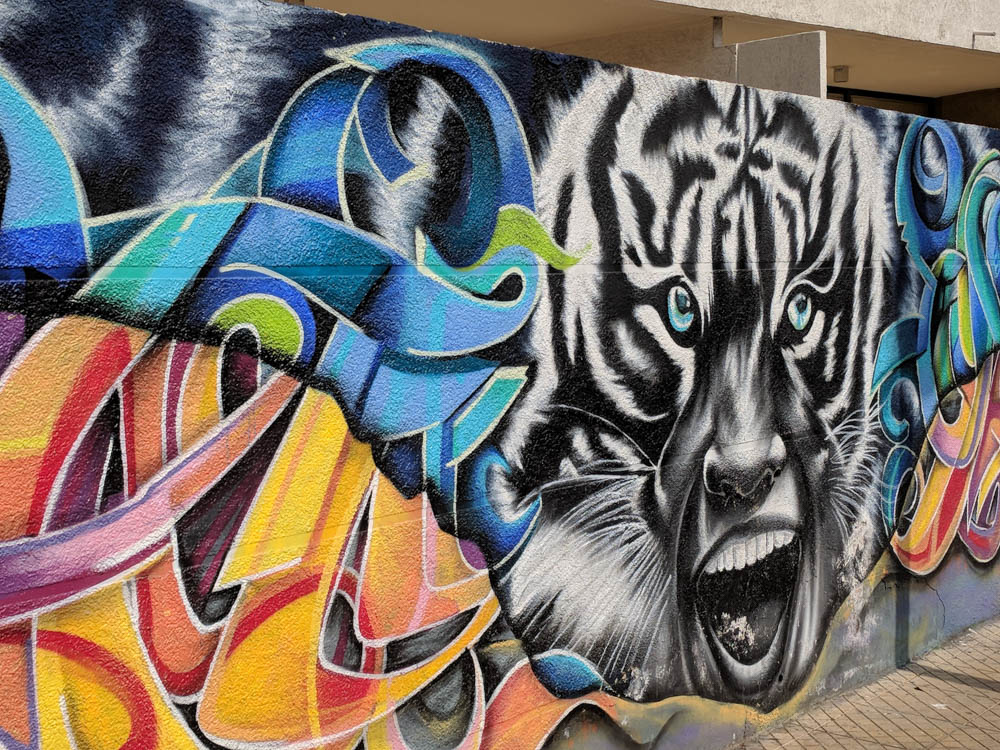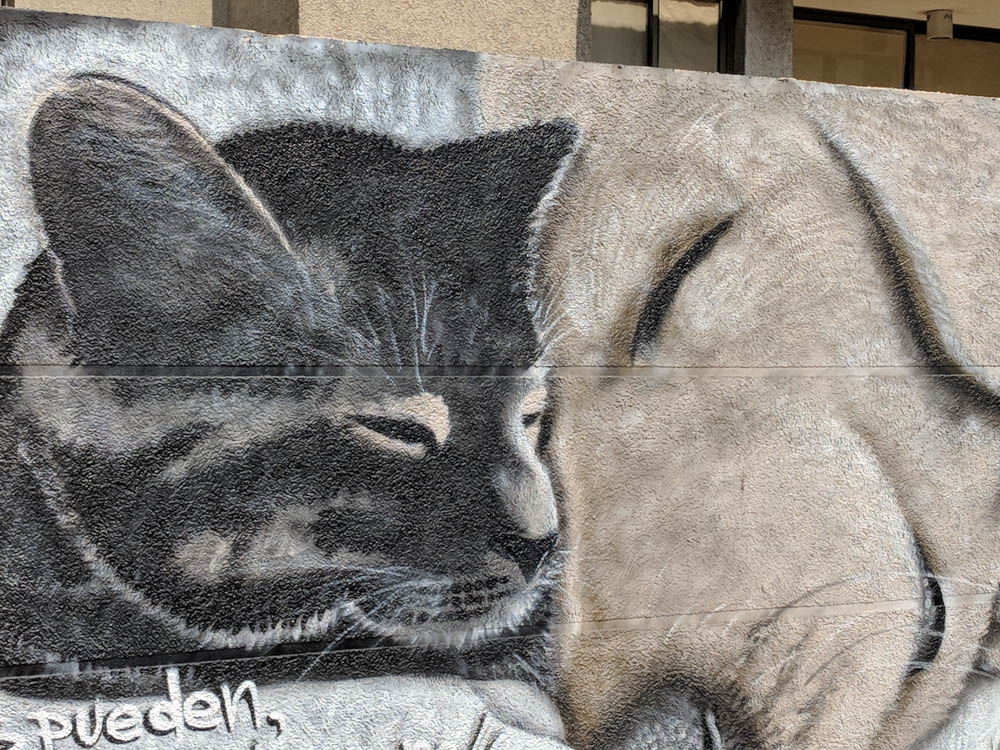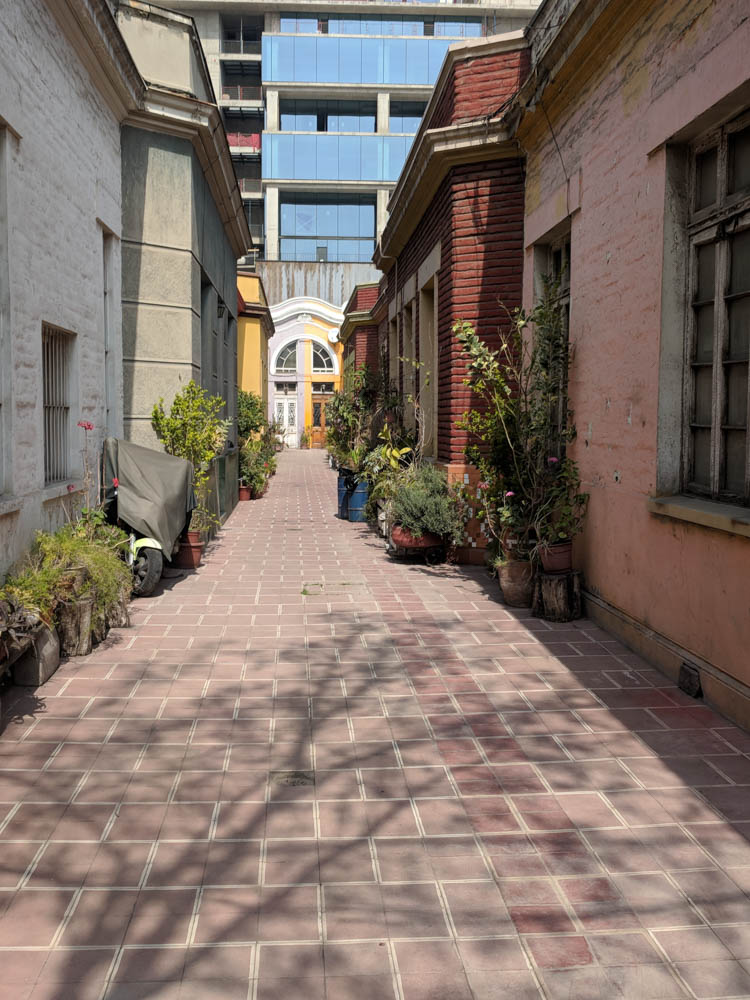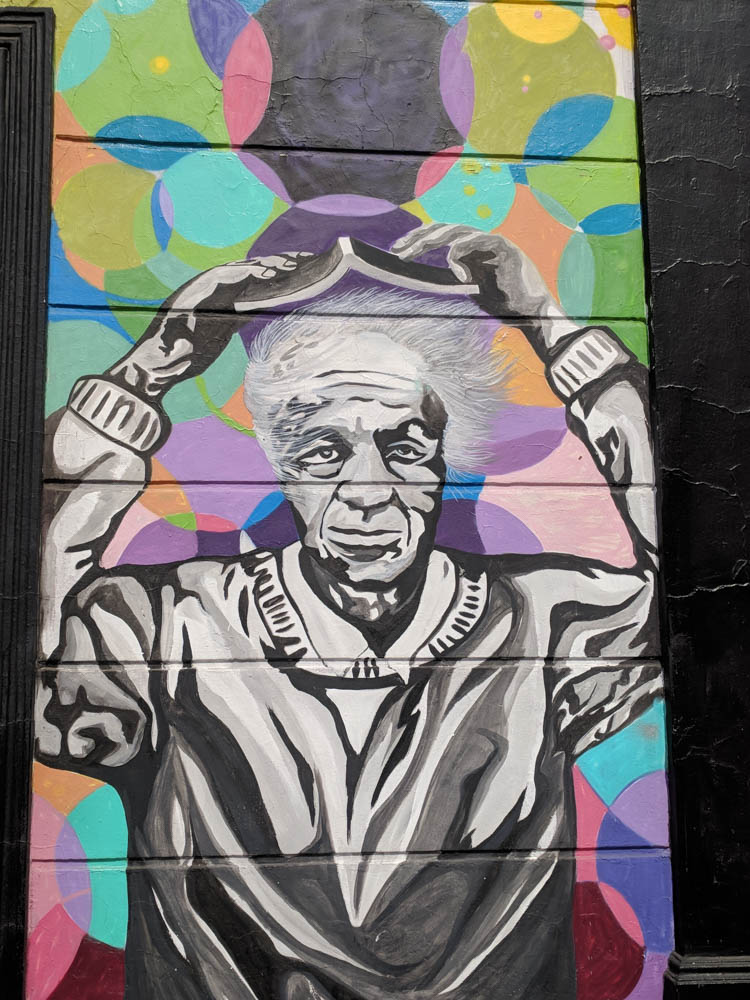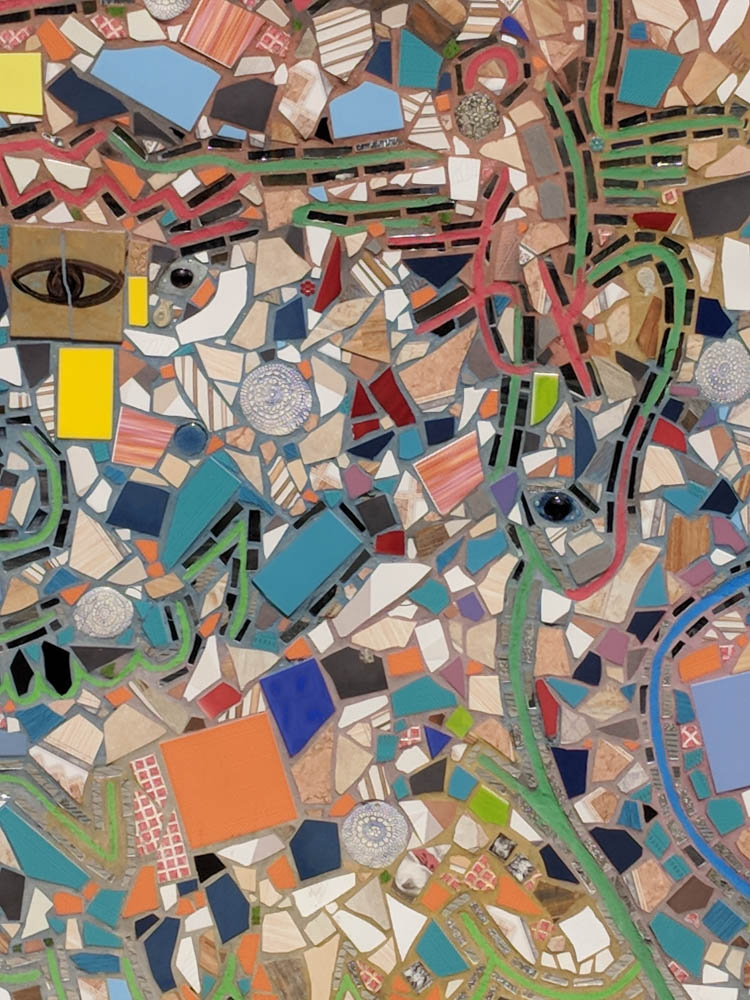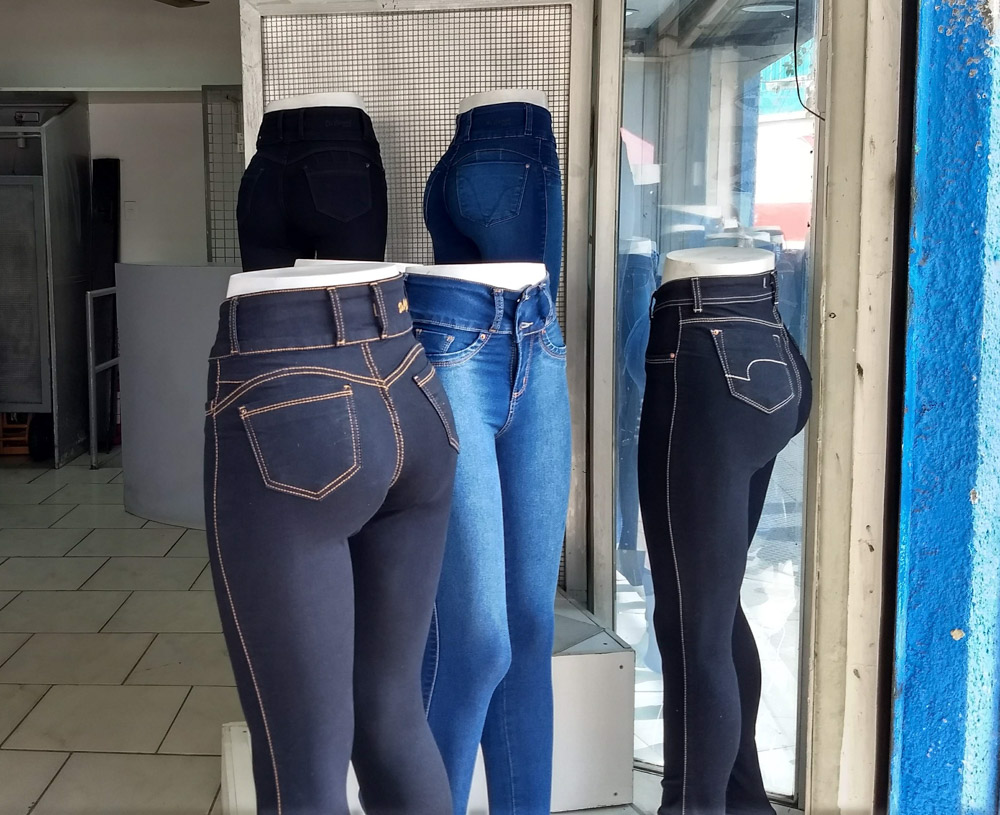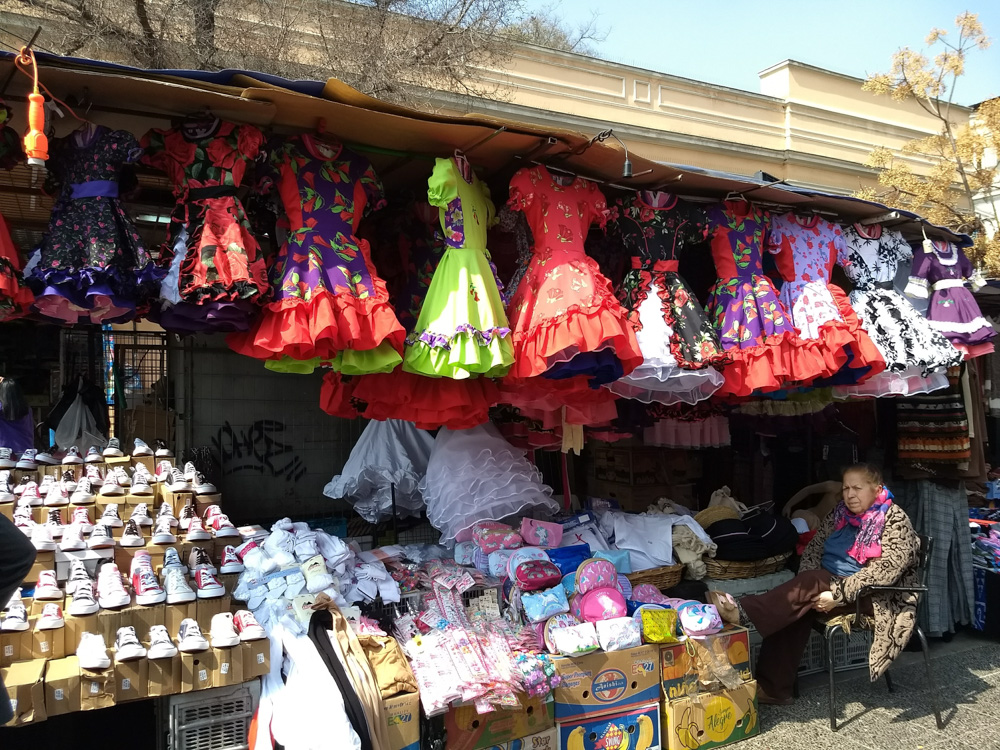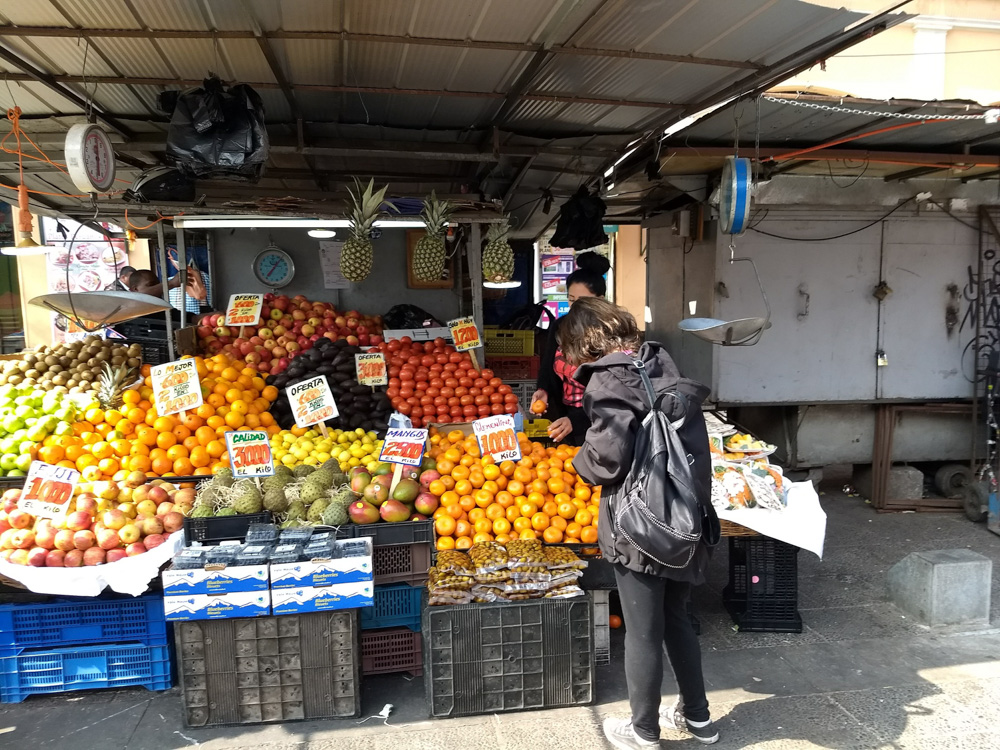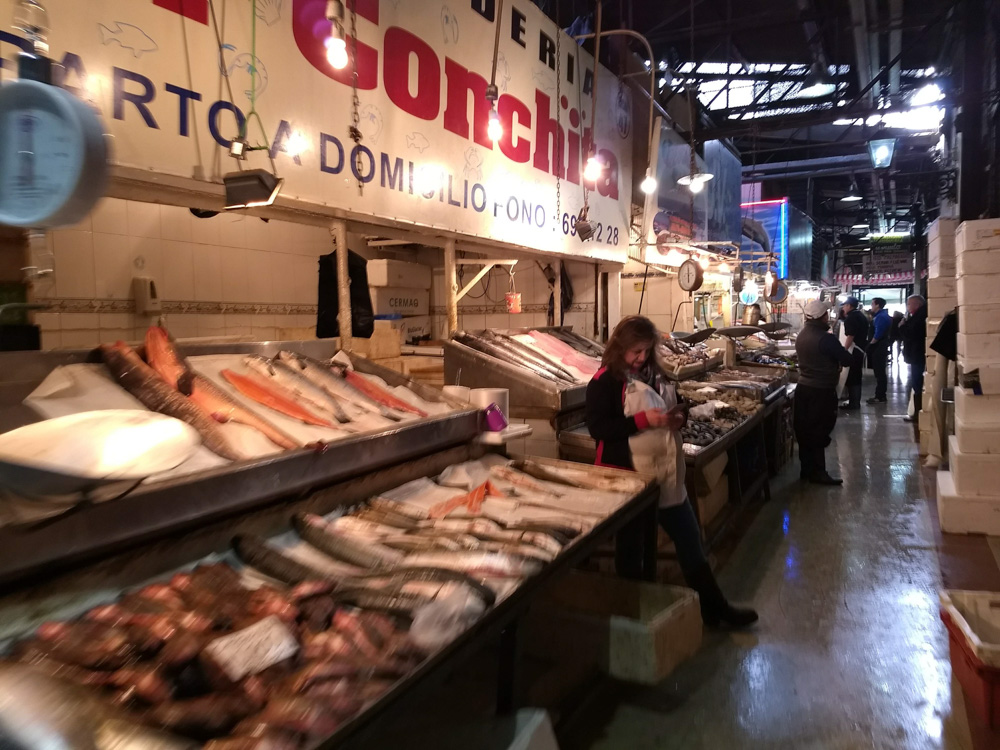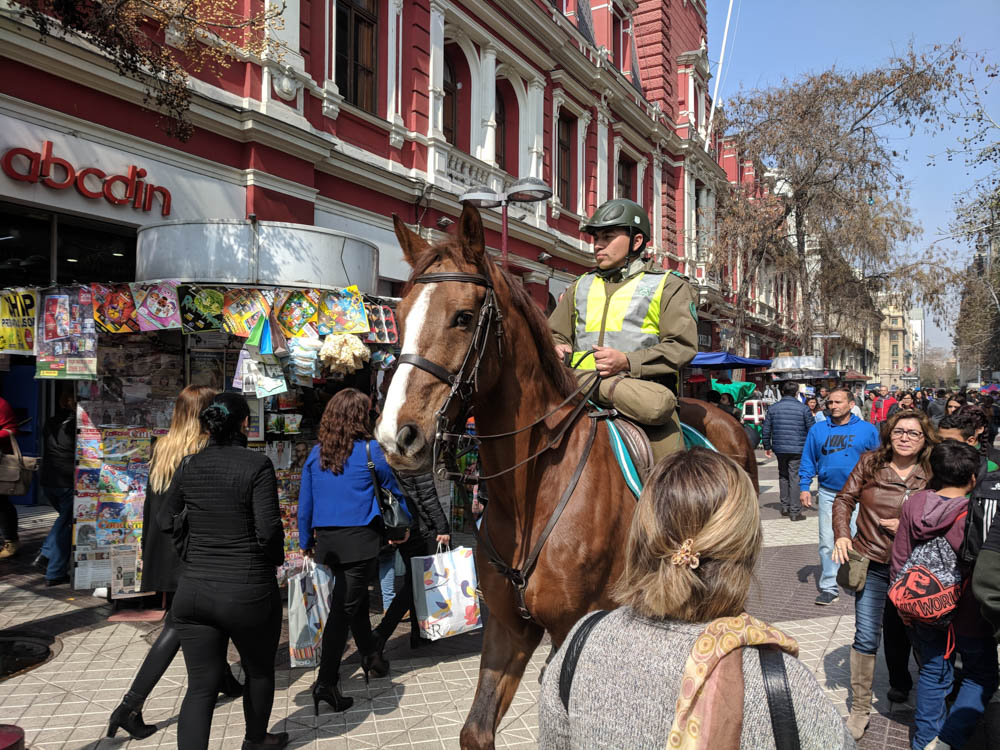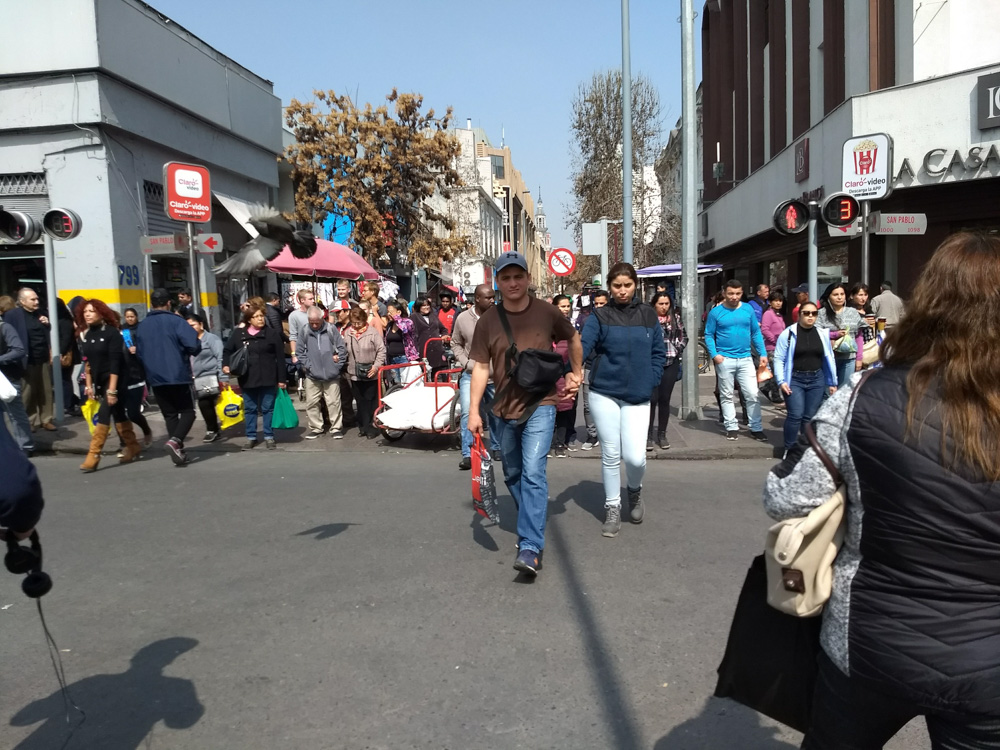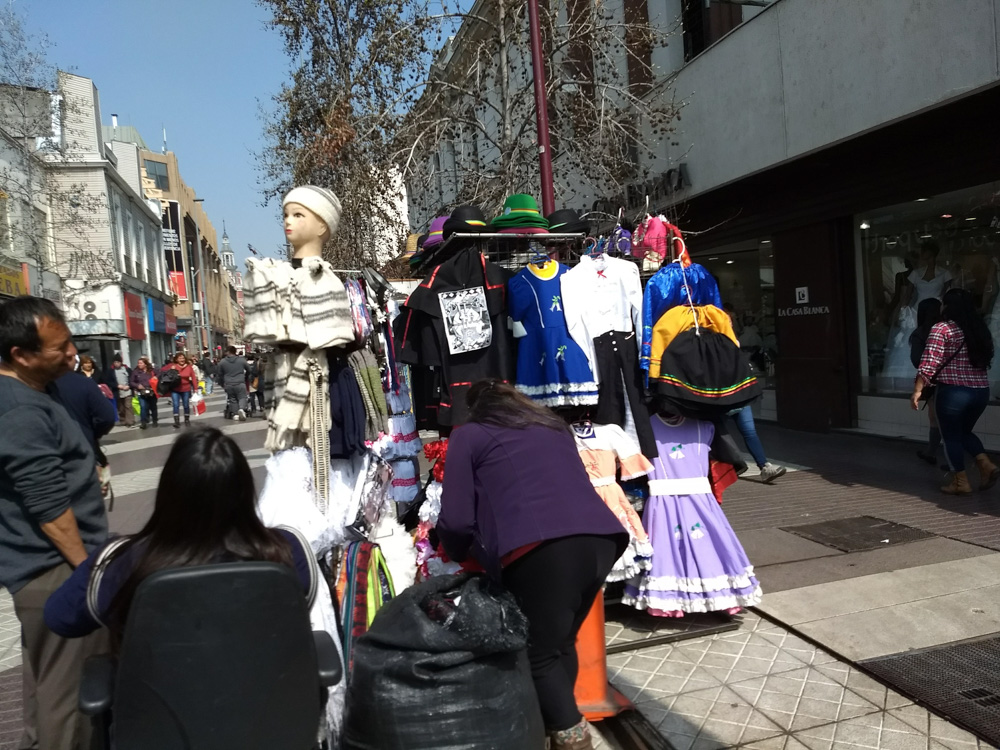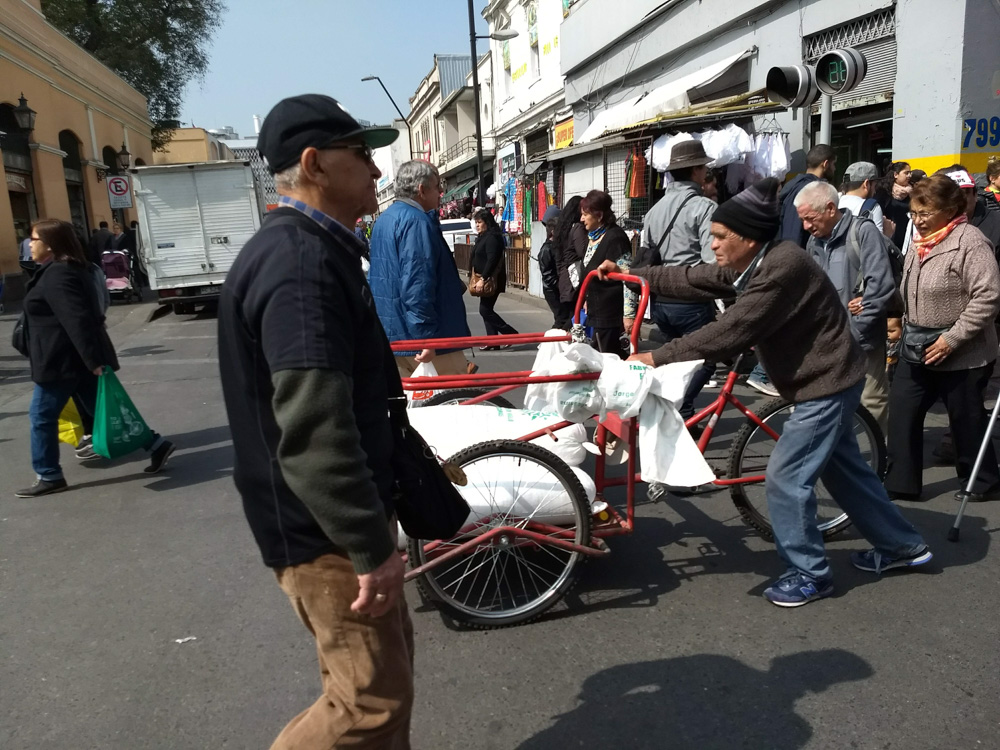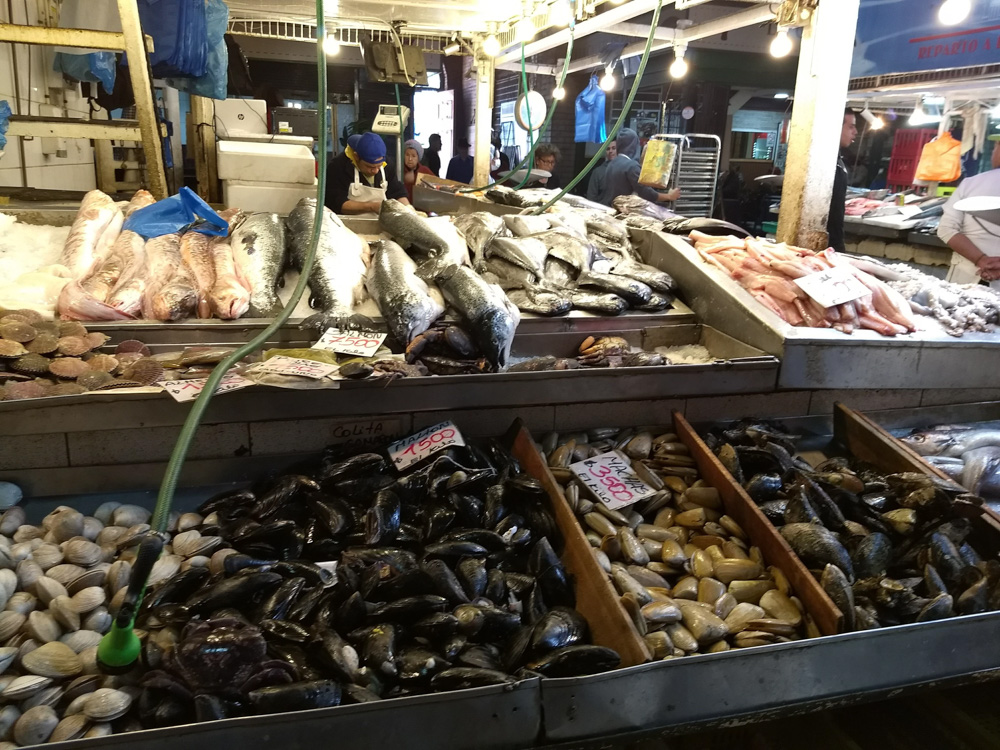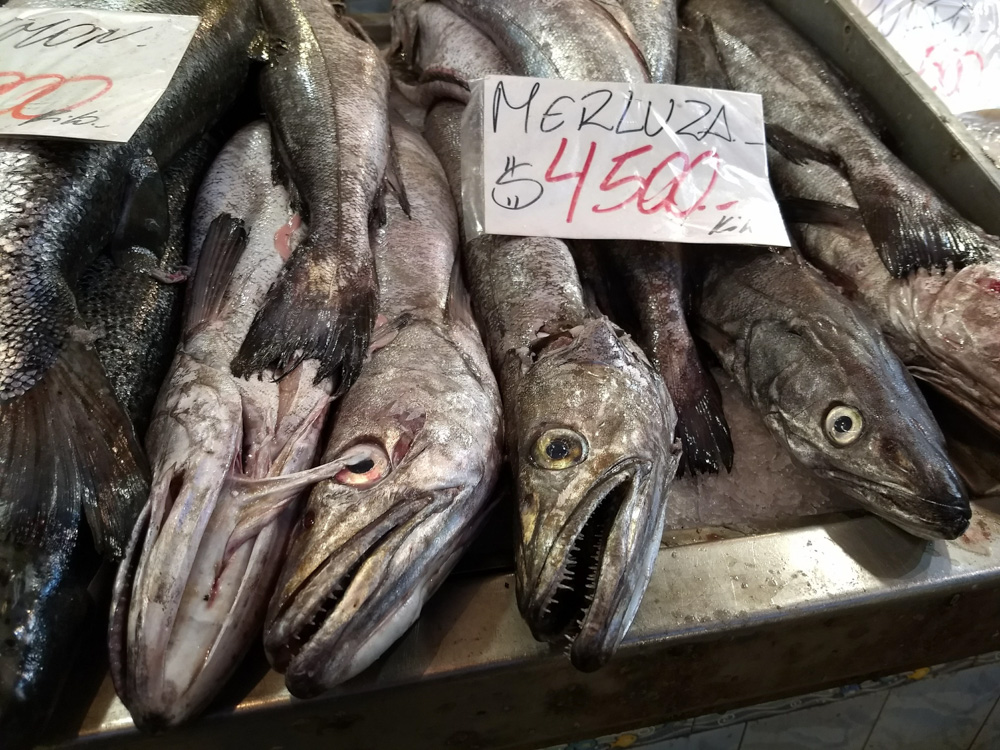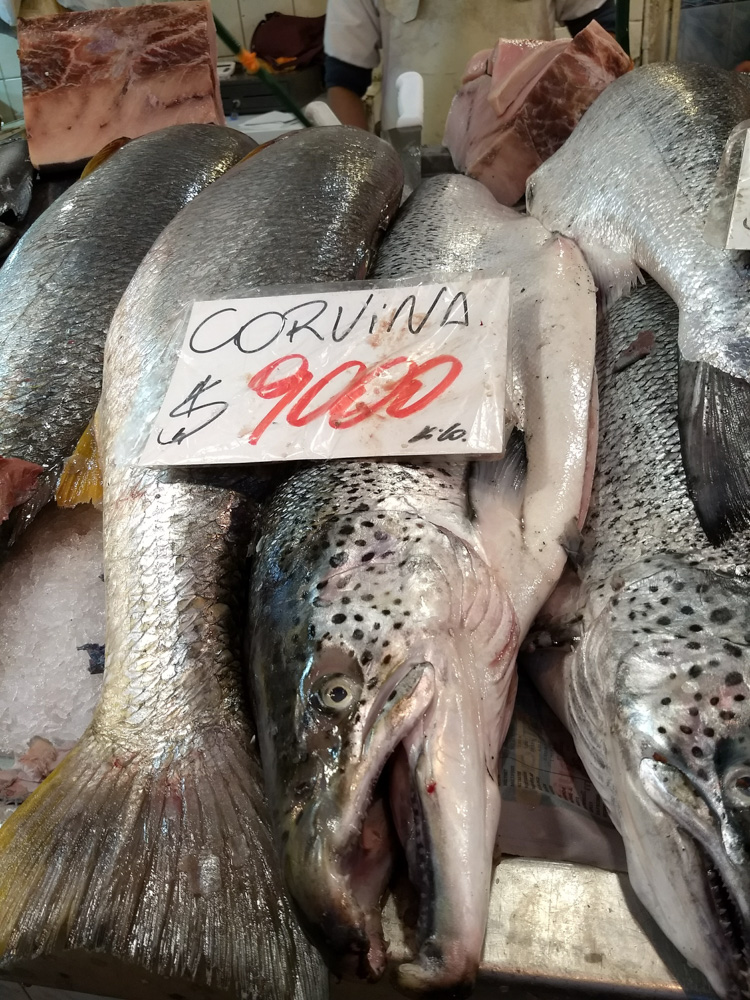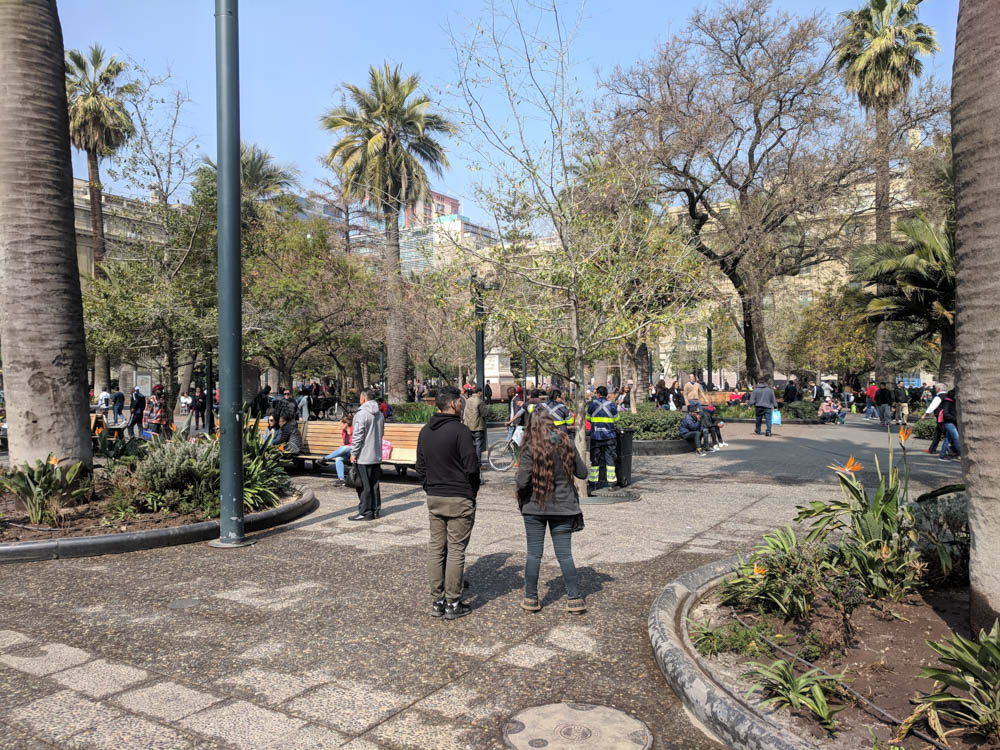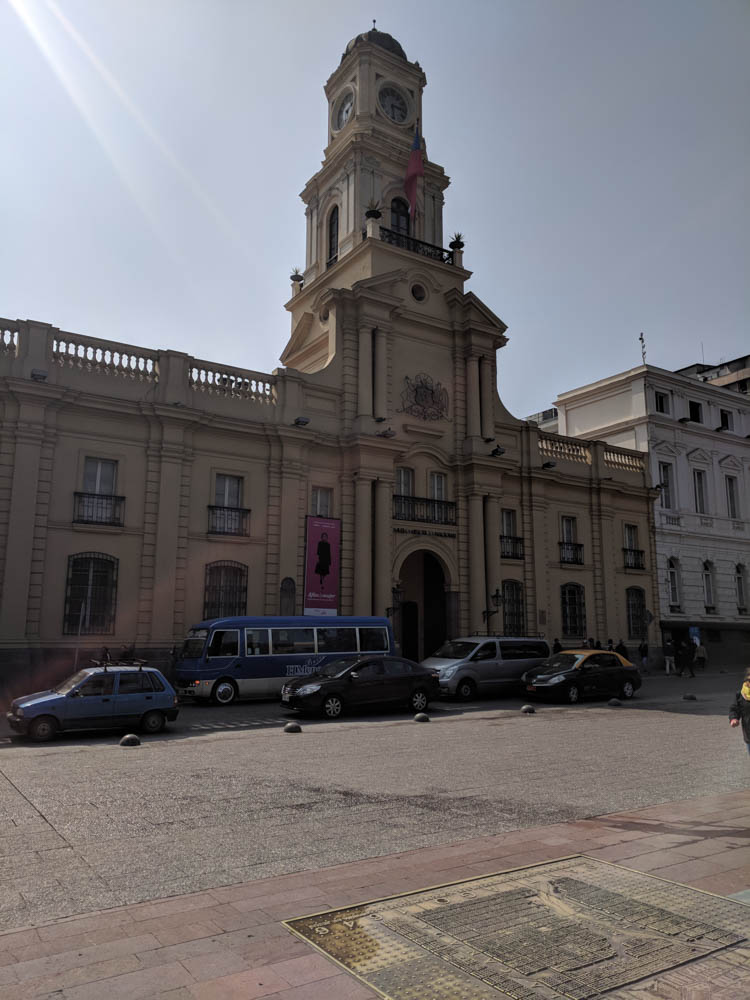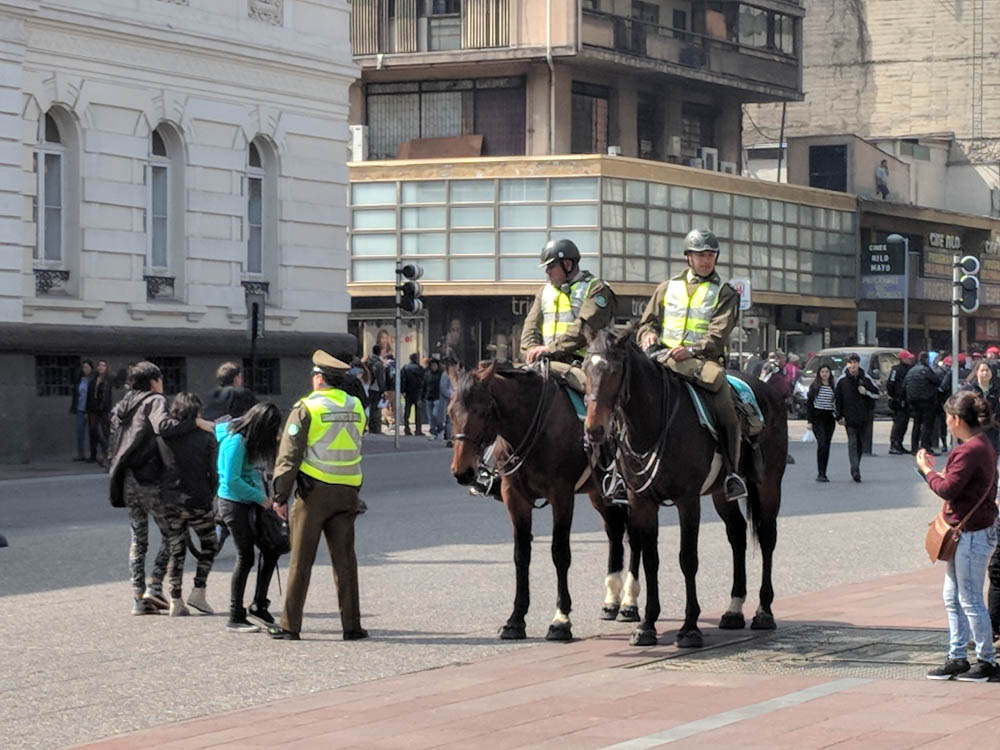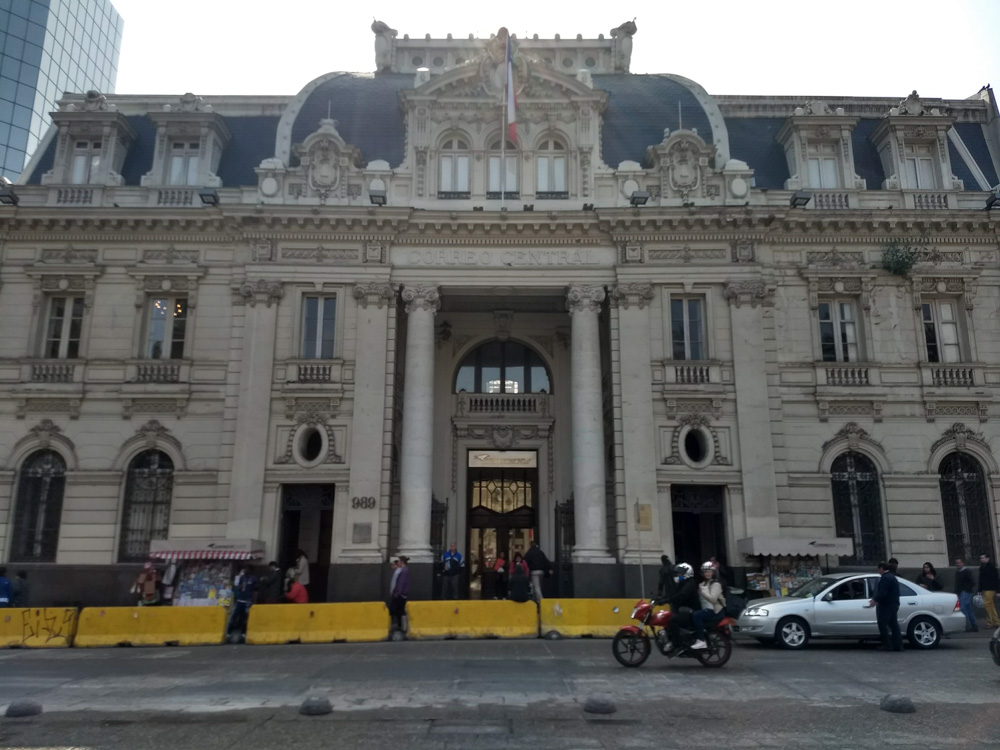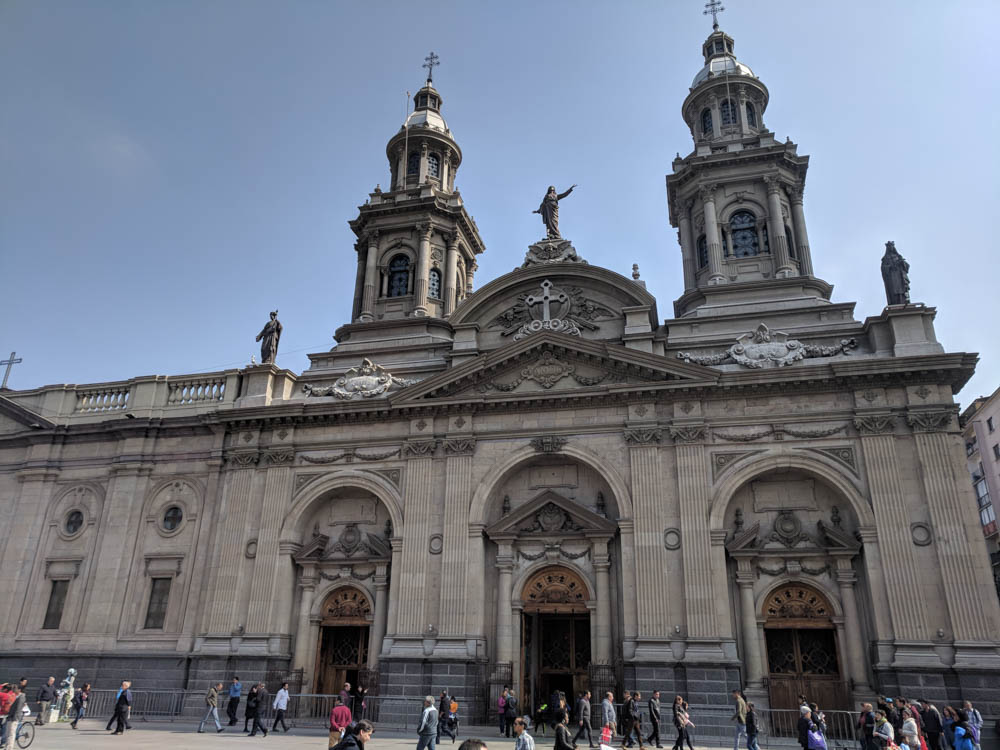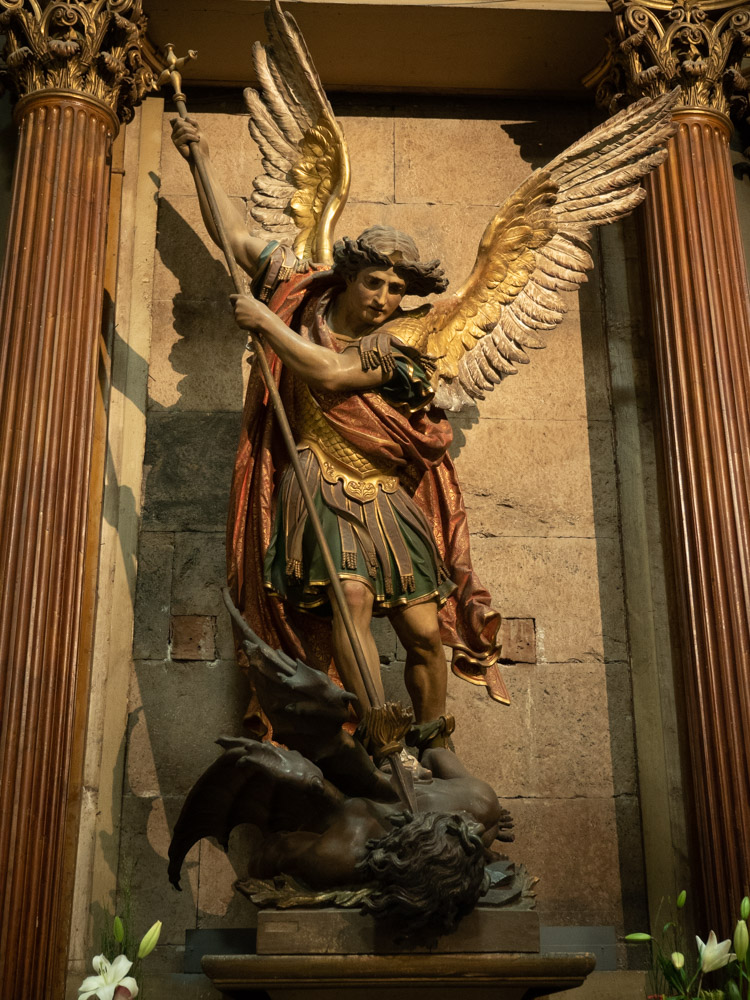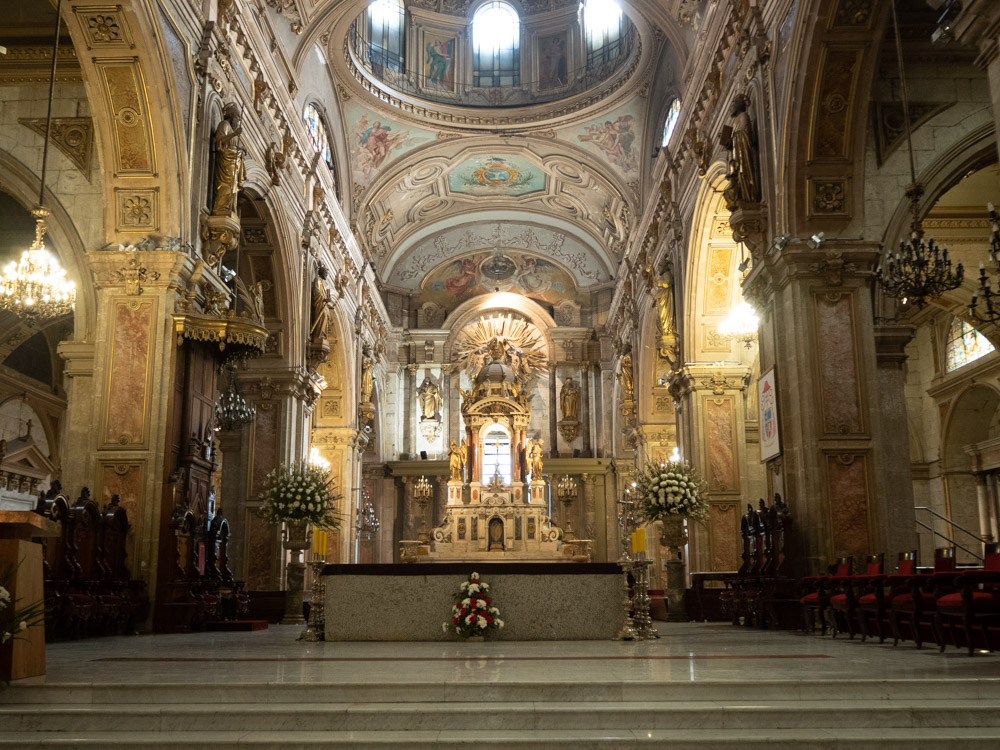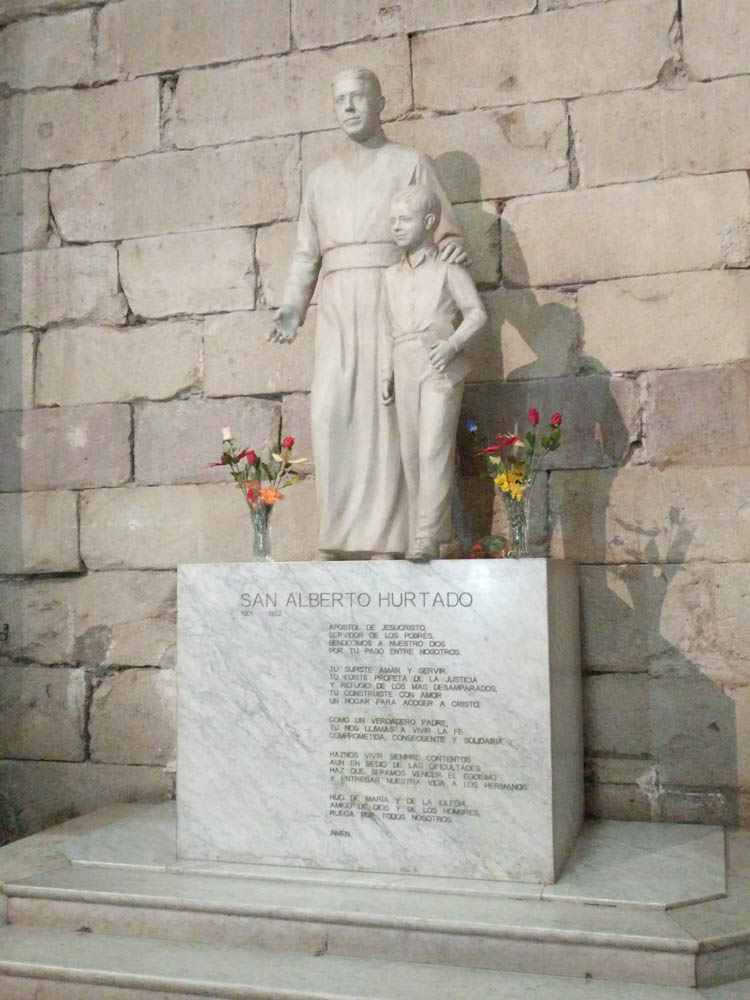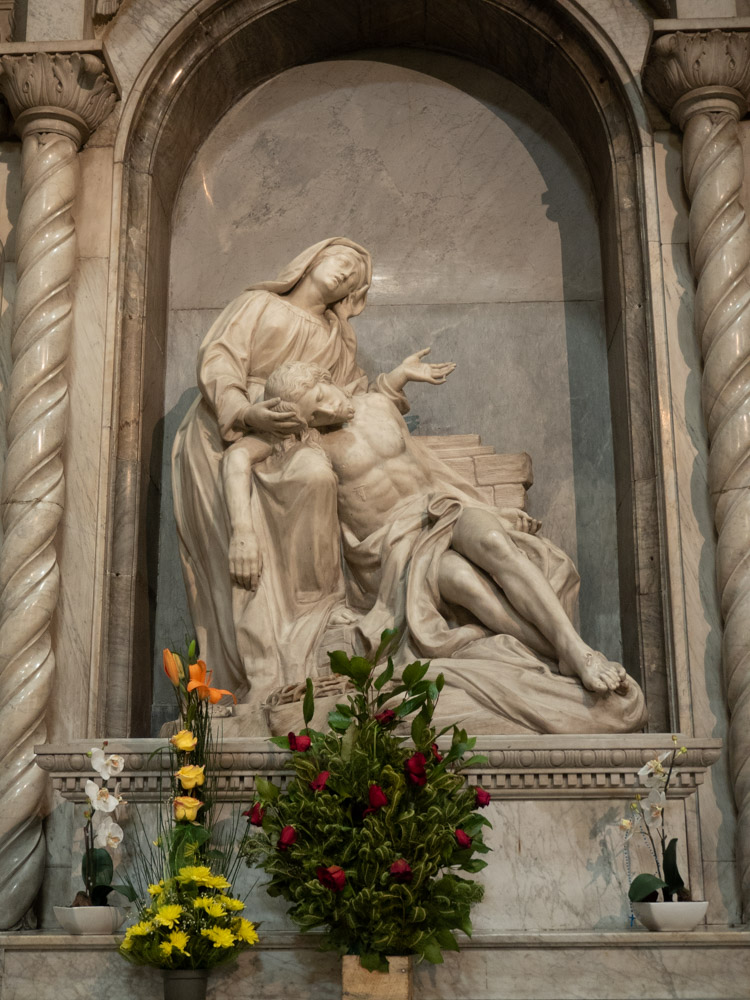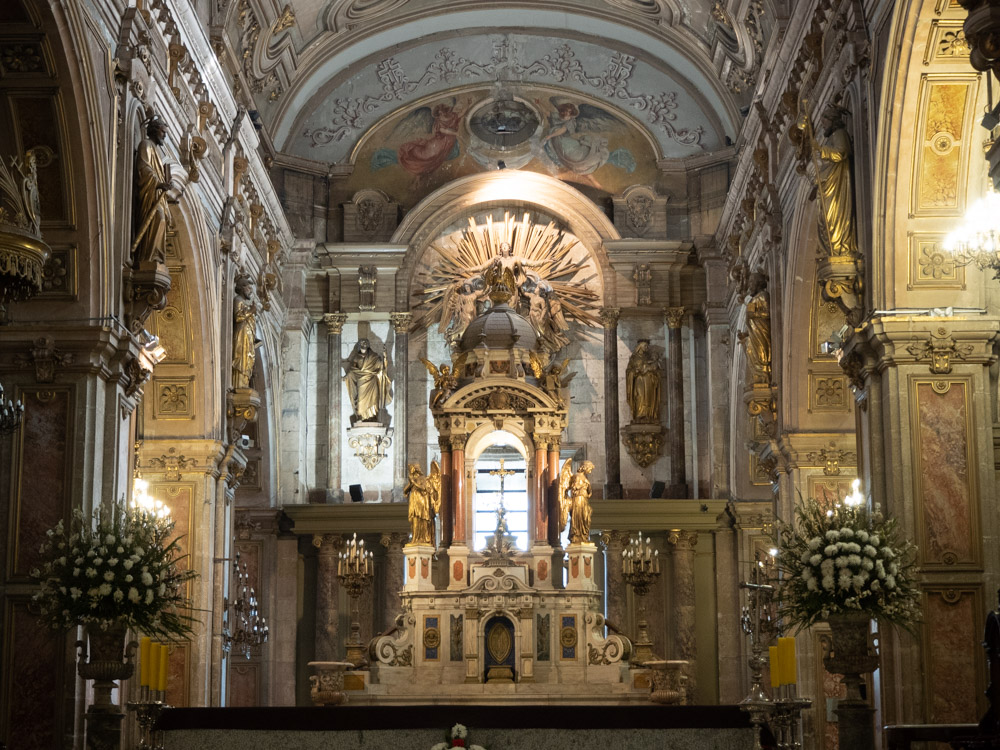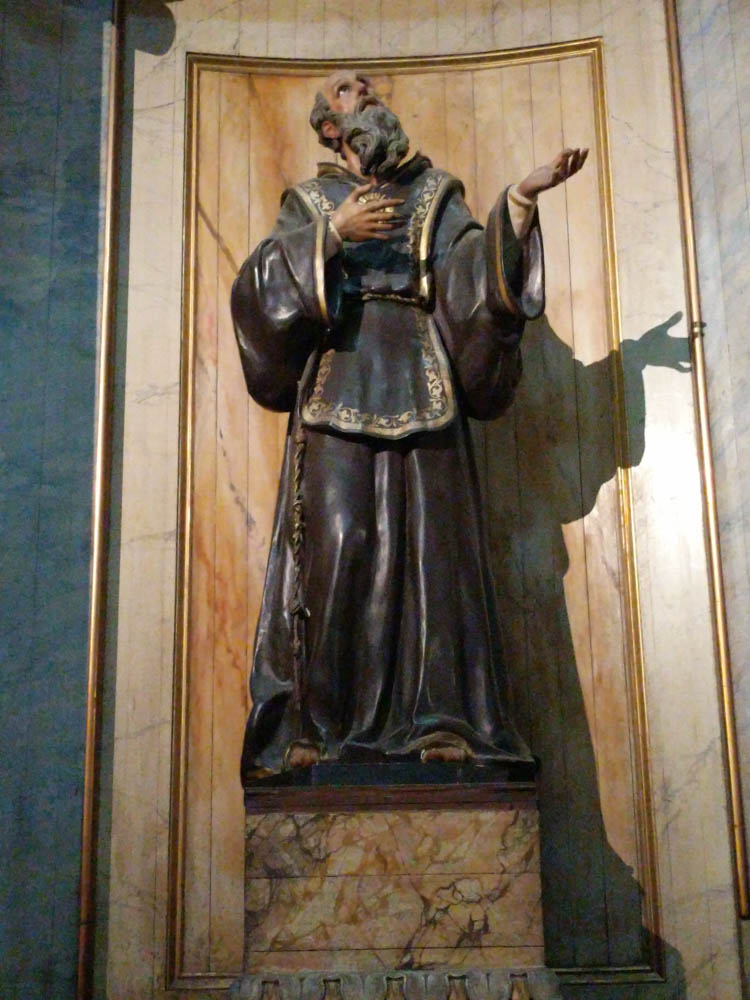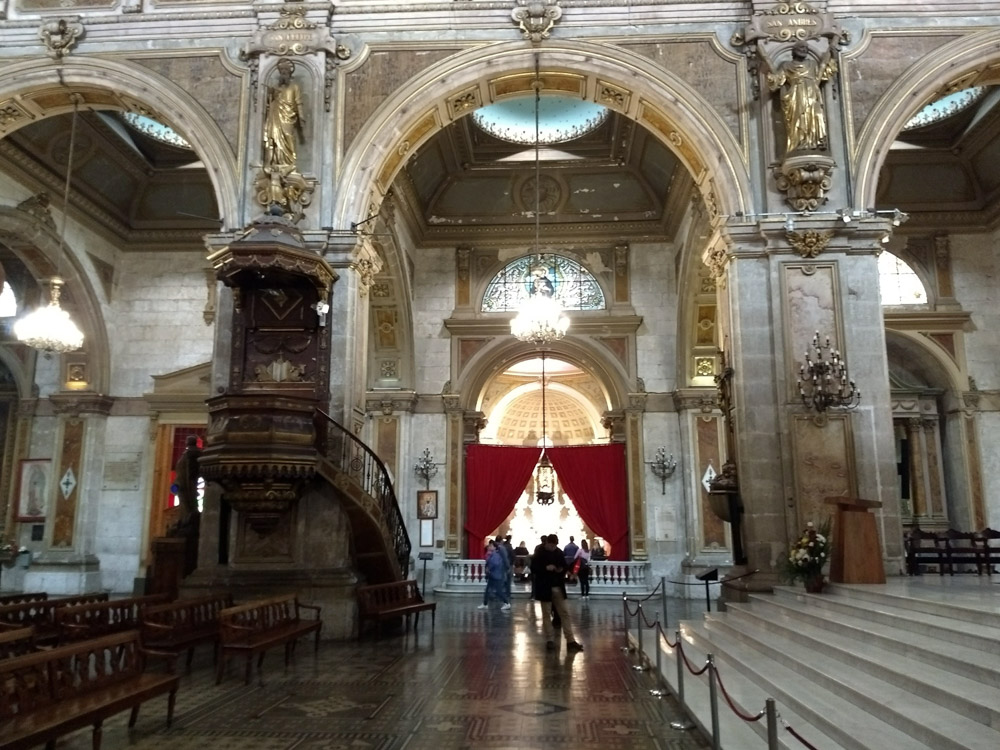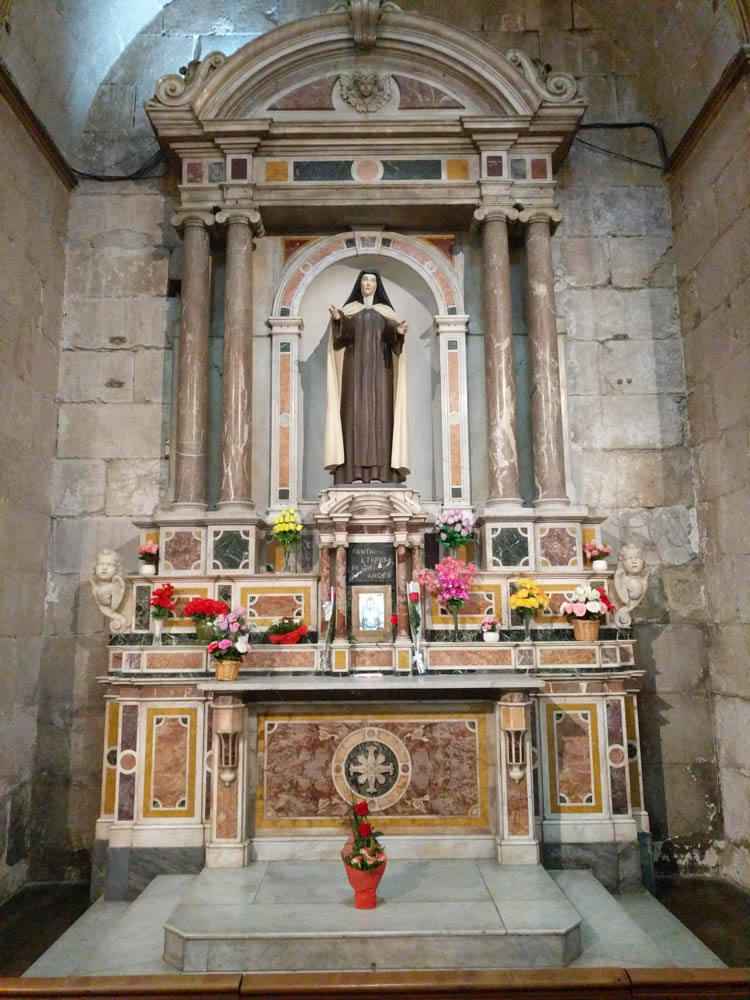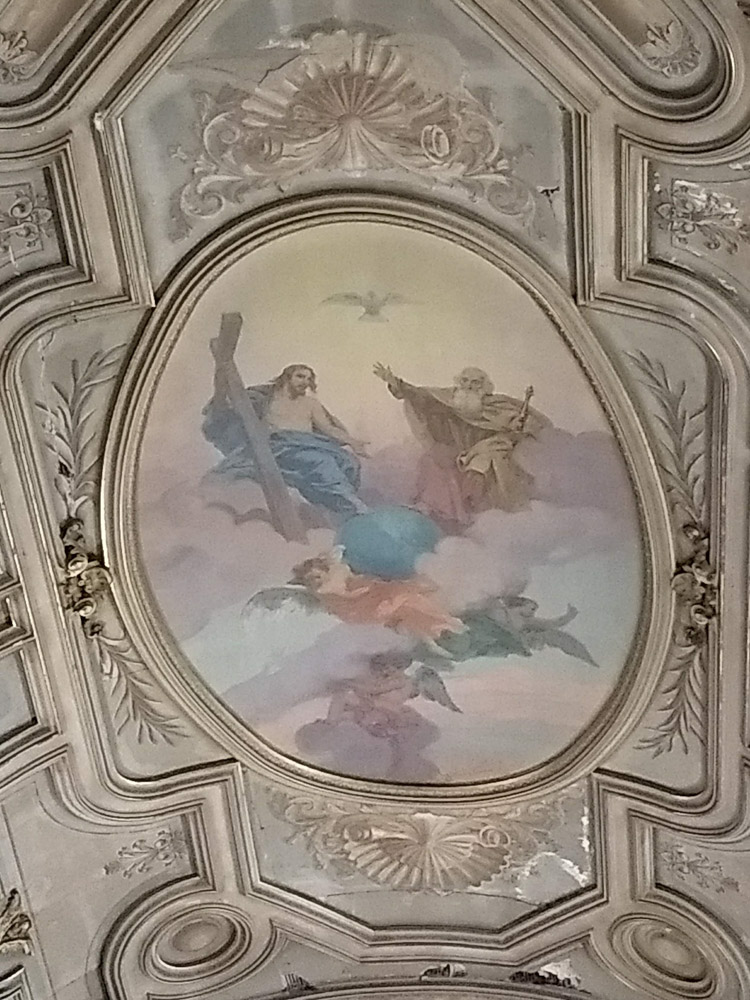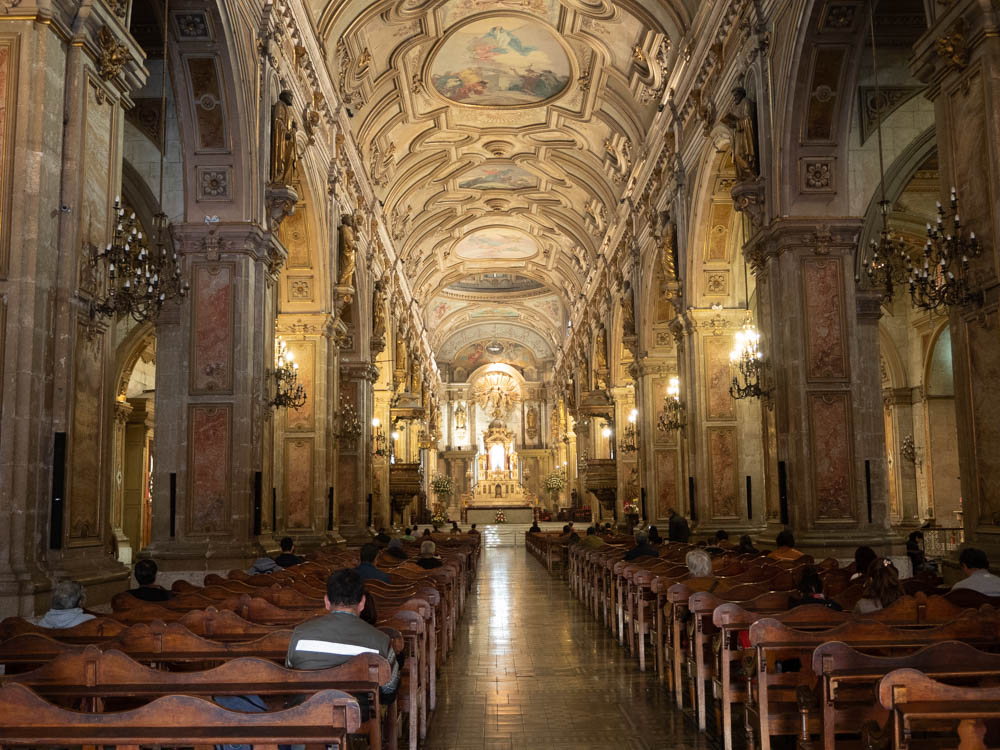After grabbing some breakfast at the hotel we headed out for a very busy, and incredibly impactful, day.
Our first stop, one of the homes of Pablo Neruda, was not far from the hotel. The sum total of what I knew about Neruda going into this visit can be summed up as follows…he’s a poet. I had heard of him but had not read any of his work or had any clue how influential he was.
While Pablo Neruda’s primary focus was his poetry, he also served in diplomatic posts in Argentina, Spain and Mexico. There was also a stint as Senator for the Communist party in his home country of Chile. Over time, his growing connection to Communism was reflected in his poetry. The strong affiliation with the Communist party, brought about in part by his experience with the Spanish civil war, was problematic at times and included a period in exile. Many believe it also contributed to his death.
Neruda was in favor during the presidency of Salvador Allende, who was a Marxist. In 1973 General Augusto Pinochet overthrew the Allende government in a military coup. Part of the Pinochet regime’s rational for the overthrow was the elimination of communism. Neruda, who was hospitalized for prostate cancer at the time of the coup, died a few days later. Some people are convinced he was injected with poison by a doctor at the hospital, while others believe he died of a broken heart due to the coup.
To add insult to injury, political activists/opponents dammed and redirected a stream close to his house to flood his property shortly after his death. There was quite a bit of damage, but his wife insisted the funeral service should take place at his home. It was clearly an act of defiance against the new government.
This is the house we visited. Sorry, pictures were not allowed. The house was a somewhat disjointed collection of different properties and additions connected together over time. The decorating scheme could best be described as eclectic. I found it amusing that furniture in various parts of the house were in-use items he ran across in his travels. He was visiting a cafe in Paris and loved the table and chairs, so a set from the cafe was shipped to his house. There were multiple examples of this throughout. Various sections of the house were only connected by outdoor paths. He also had a secret room and entry he could use to surprise guests in the dining room. It was unique to say the least.
After the house tour we started out in the direction of the Metro station. During the day we made a number of short walks which gave us the opportunity to check out the city, including some amazing street art…
We took a quick spin through one of the markets.
The first metro ride was to Plaza de Armas in the downtown area. One of the buildings that is connected to the National Cathedral has a very interesting history. The Vicariate of Solidarity was an agency of the Catholic Church that was set up at the request of Pope Paul VI to stop the abduction and ill treatment of Chilean citizens by the Pinochet regime. They provided services such as legal help, employment opportunities, and health care. The building was connected to the cathedral so people could move back and forth between the buildings in secret tunnels. Even though the Vicariate was part of the Catholic church, it was attacked multiple times by the regime.
The Metropolitan Cathedral is right across the street from Plaza de Armas. It is one of many churches that was built during the Spanish occupation of South America. It doesn’t matter how many of these churches we visit, I am always amazed by the architecture and artwork.
After the church, we made our way to the Museum of Memory and Human Rights. This was one of the most notable stops for me, not just in Chile but for the entire trip.
It very quickly became clear I wanted to be fully present for this museum, so my camera stayed in the backpack. Fortunately, Tracy took the pictures below.
The Museum of Memory and Human Rights was established to commemorate the victims of human rights violations during the Pinochet regime in Chile (1973 – 1990). It does that, and so much more.
When first entering the exhibits, one is greeted with a large wall of plaques listing all human rights violations by country. It’s overwhelming. This quickly turns into a display highlighting a small fraction of the memorials for the “disappeared” that exist throughout the country. Forced Disappearance, where dictators make opponents and enemies disappear by any means necessary, peaked in South America during the ’50s – ’80s. It is estimated that Chile had over 3000 disappeared and over 25,000 people that were tortured during the Pinochet years.
The next part of the museum focuses on the 12 hour period during which the coup took place on September 11, 1973. General Augusto Pinochet led the military coup to overthrow President Salvador Allende, who was a Marxist. It is incredible to listen to President Allende’s composure as he addressed the country from the Presidential Palace, shortly before taking his own life. It was scary to watch the new regime address the country as they justified their actions and started laying out the path forward. And, the footage of the presidential palace burning after it had been bombed by the Air Force is incredible. The underlying theme to all of this was the elimination of communism, while the true driver was nothing more than power.
The rest of the museum is a journey through the Pinochet years. There are displays devoted to the anti-communist policies of the regime. Displays describing the atrocities committed by the regime, including a map of the locations across Chile where citizens were tortured. There are displays devoted to the disappeared both at a macro level and also focused on specific stories of people that vanished and how the regime tried to explain it all away.
There are documents showing how the dictators of South American countries coordinated with each other to stay in power. And there are documents clearly showing the United States played a role in both the overthrow of the government and the Pinochet regimes ability to stay in power. We all know it happened, but it drives the point home when you see some of the documents sitting out in a display case.
And, squarely in the category of overwhelming, there is the two story high memorial wall with pictures of many of the disappeared. It is a sobering sight indeed. I am fighting to keep my emotions in check as I type this.
In one of the pictures below there is a cutout representing one of the disappeared, Maria Edith Vasquez. The question reads “Did you forget me?”
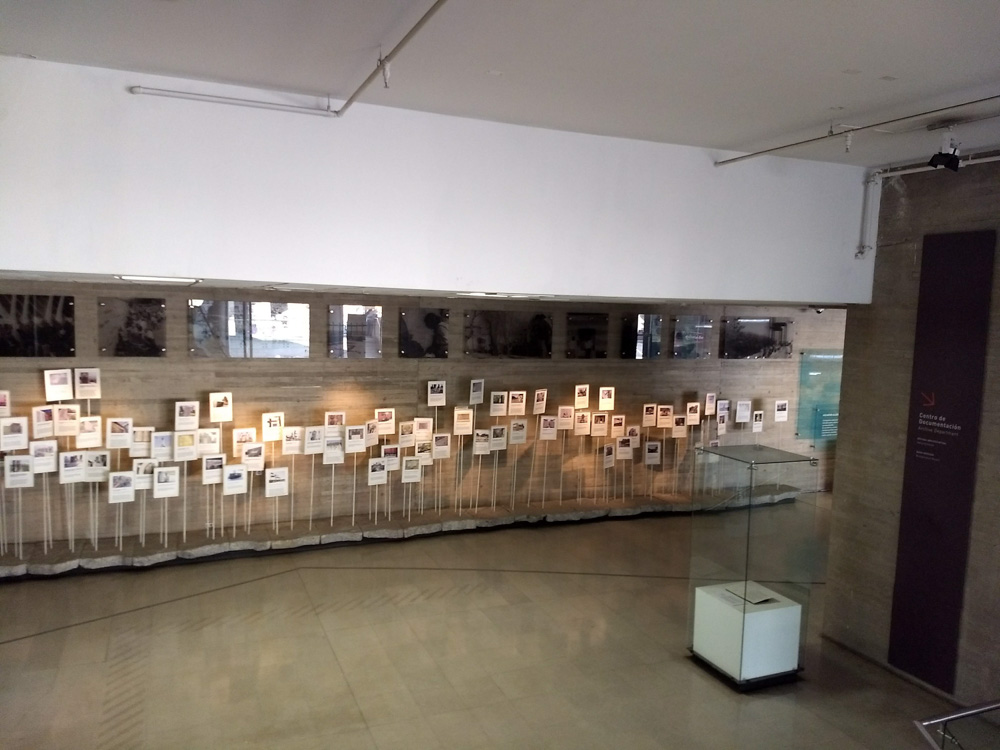
Disappeared memorials exhibit 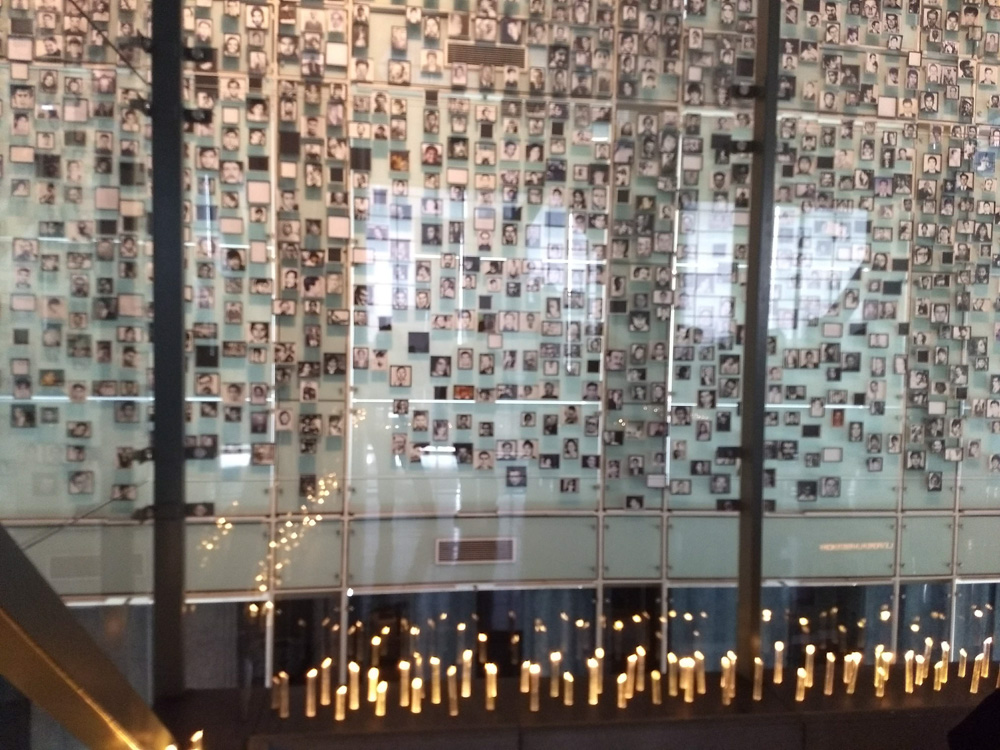
Memorial wall 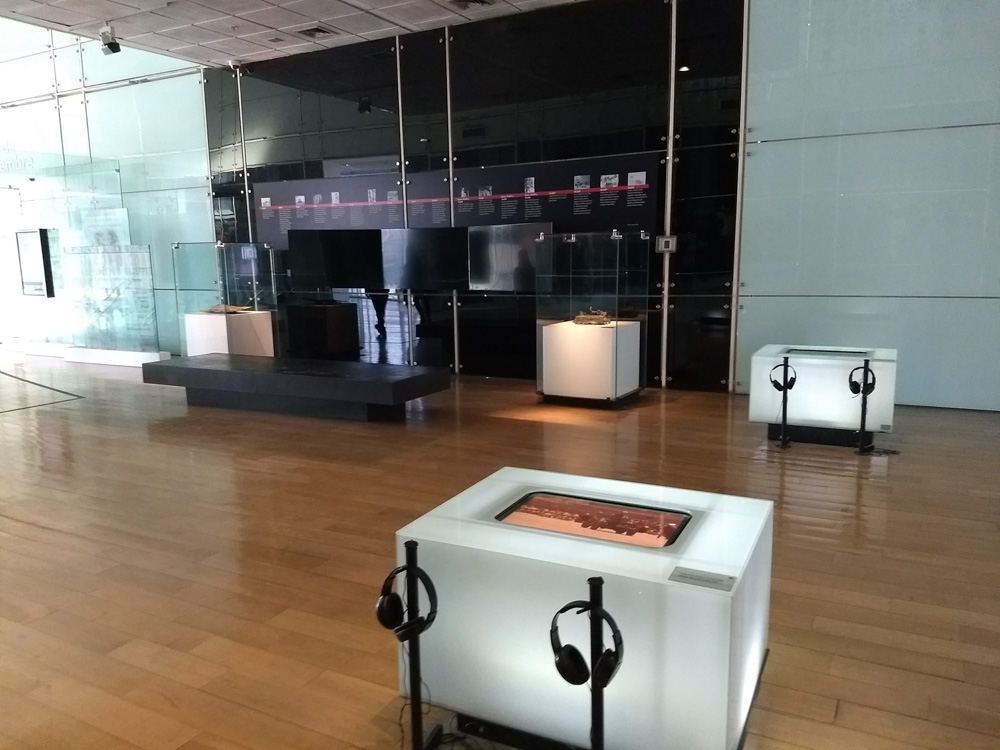
A/V stations with media from the coup. 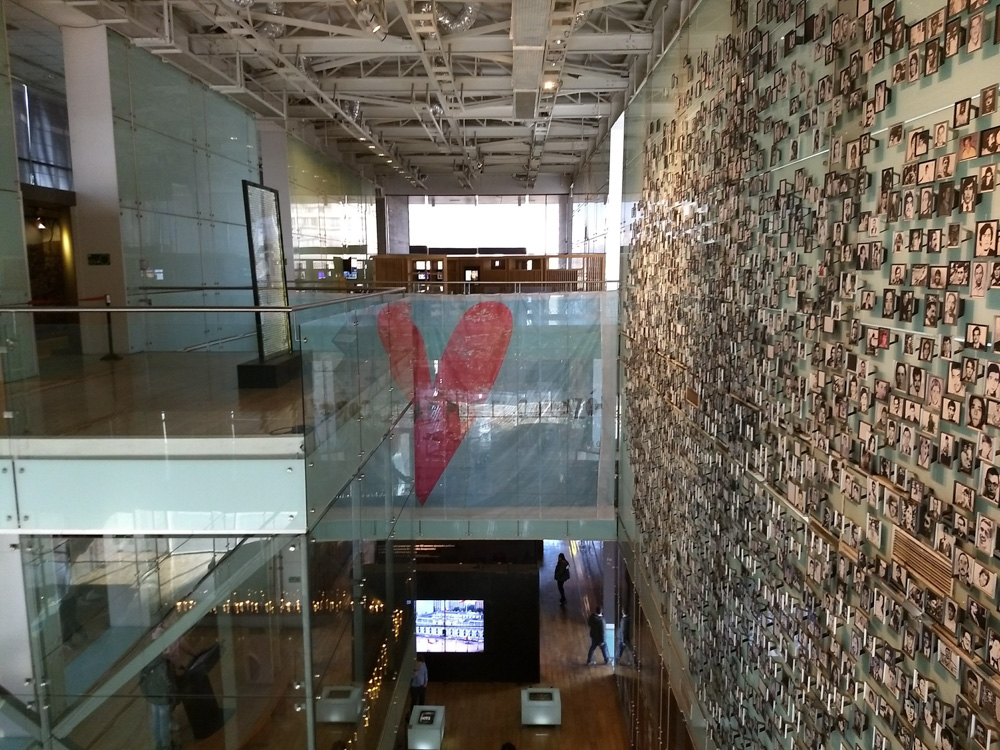
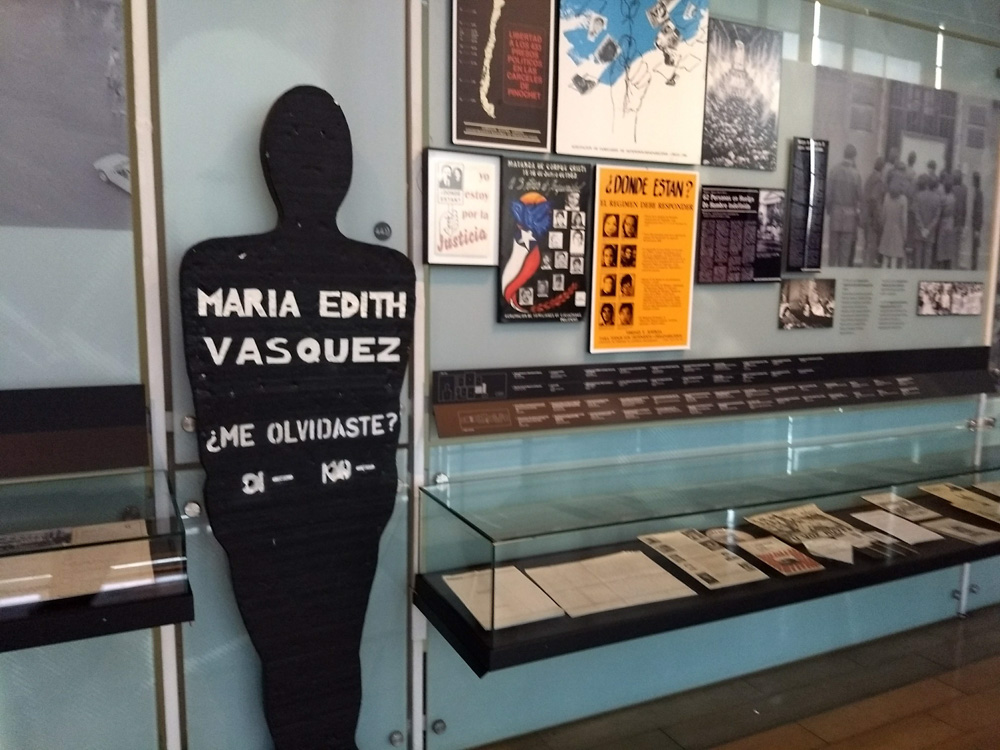
Did you forget me? 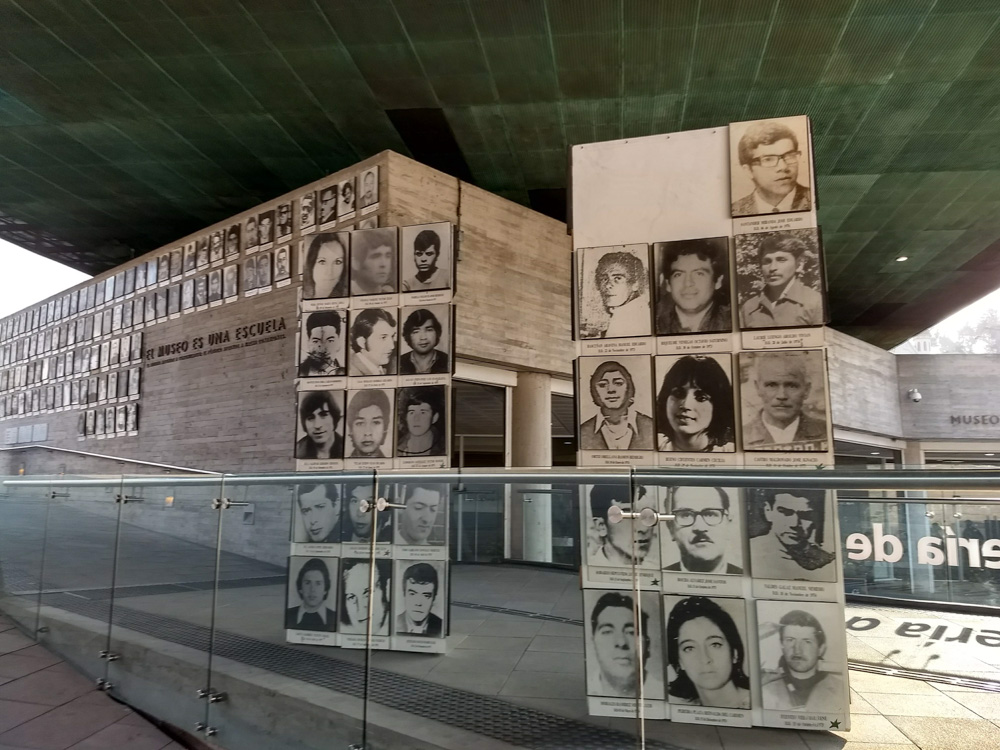

Pictures of disappeared outside the building.
If you ever travel to Santiago, and have even a passing interest in history, the Museum of Memory and Human Rights must be at the top of your itinerary.
As we were leaving the museum, both of us realized how hungry we were. The area wasn’t heavily populated with restaurants, but there appeared to be some options. As we wandered off the beaten path into a new part of the city, there was something about the area that didn’t feel comfortable. I still don’t understand what was creating that feeling, although it was a bit like a ghost town because there were hardly any people walking the sidewalks. I really hadn’t felt uneasy during most of the trip, so this surprised me.
Most of the restaurants weren’t serving dinner yet, so we had to come up with another plan. There were a number of street vendors, which we had been warned to avoid, but we grabbed a hot dog and a sausage to snack on anyway. I didn’t get sick again, so the food must have been okay. It was a little disconcerting that the food was cooked over this tiny square of coals embedded in the cart.
We made our way back to the hotel and ate at a great restaurant in Patio Bellavista. I also remember an ice cream stop that night as well.
Today was both amazing and exhausting.
We have another busy day tomorrow, so it’s off to bed.
Will

